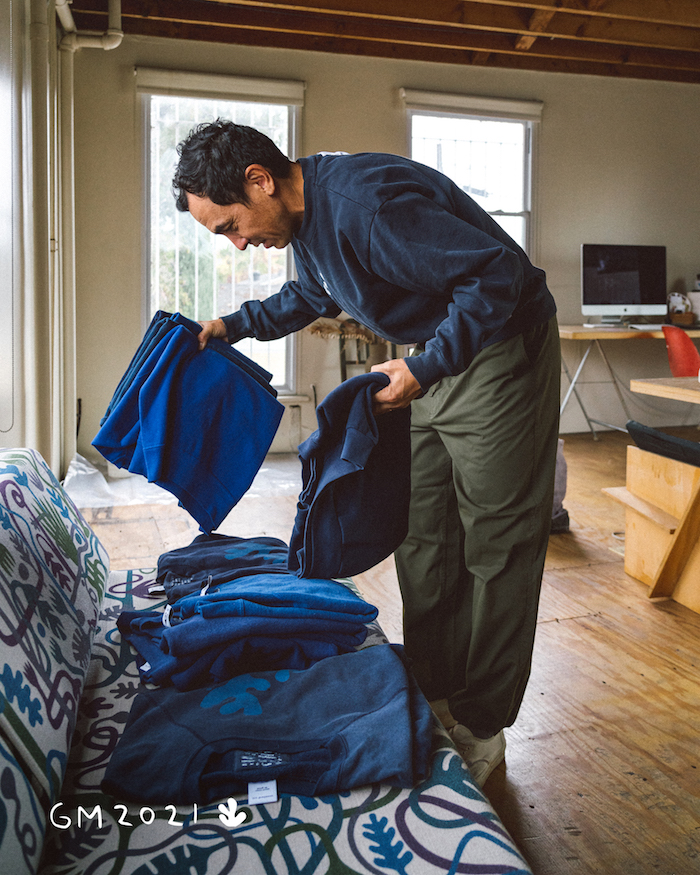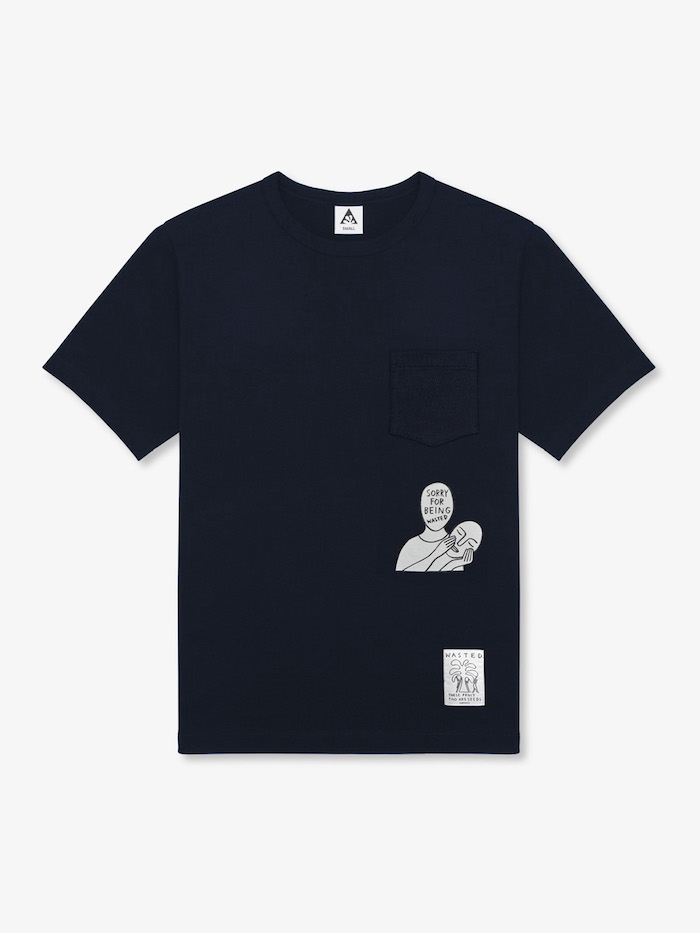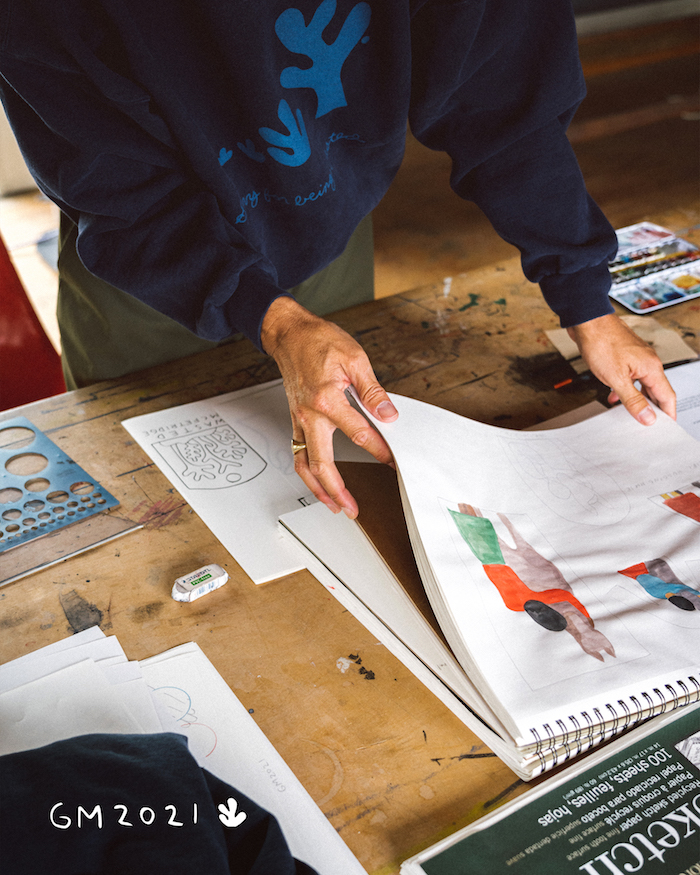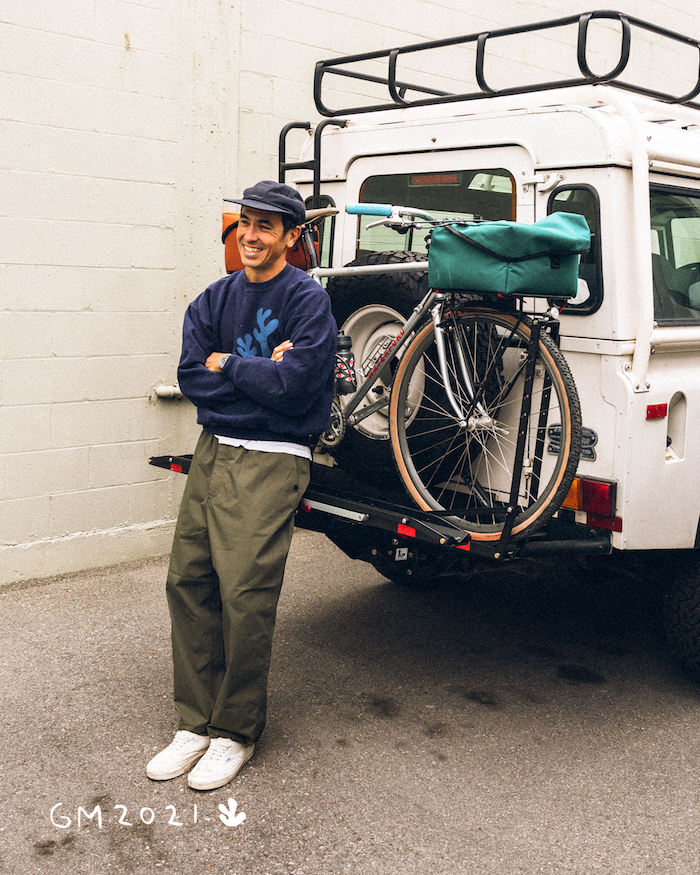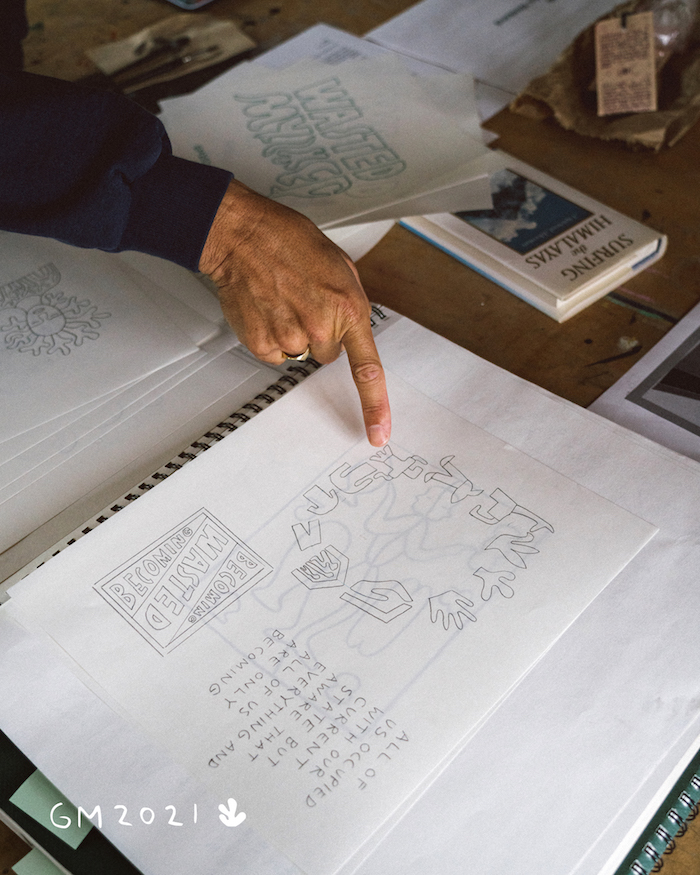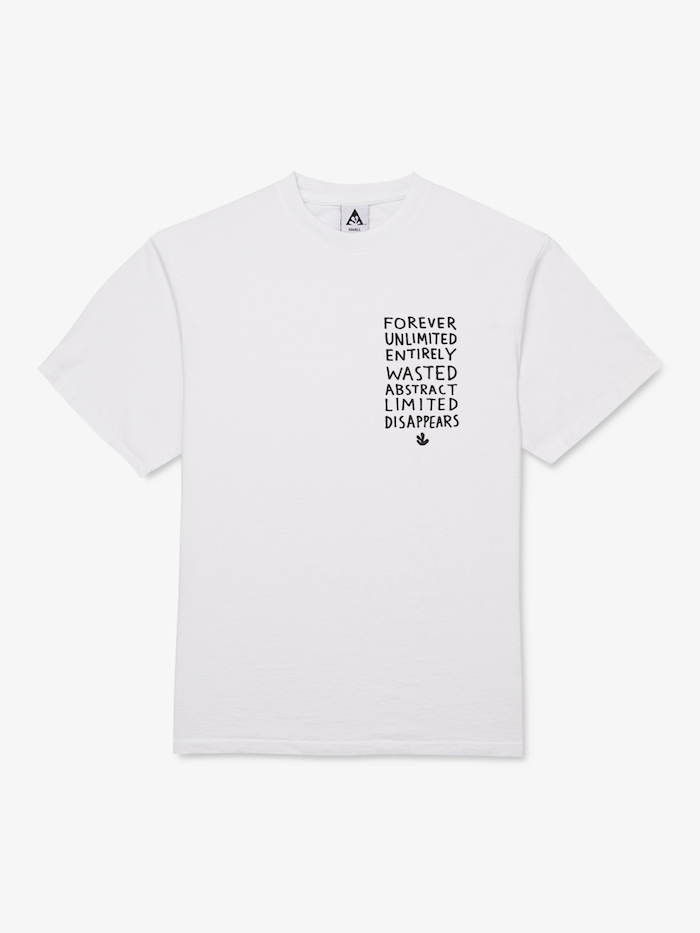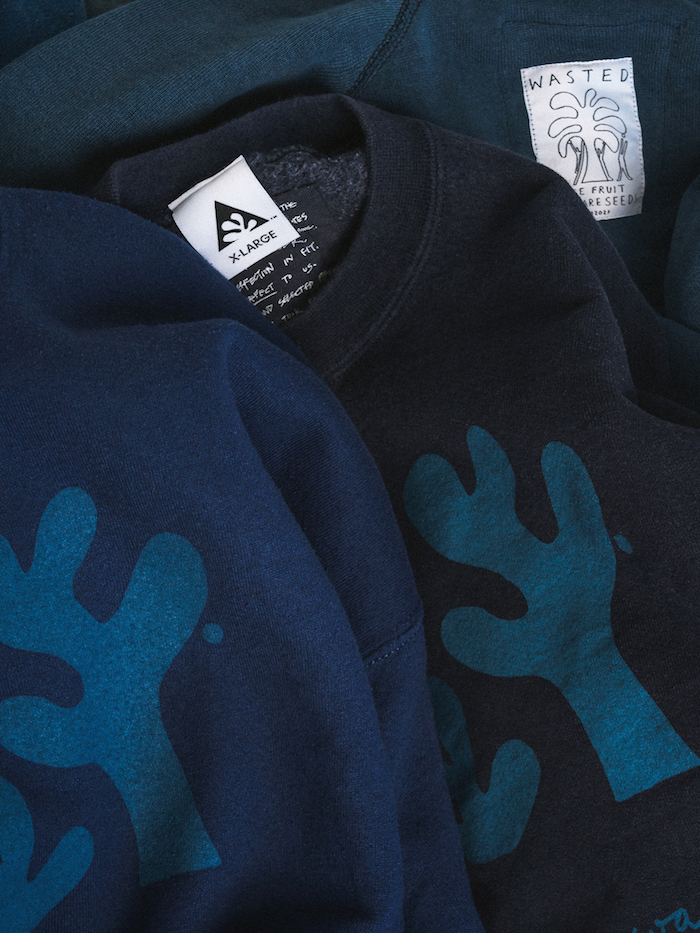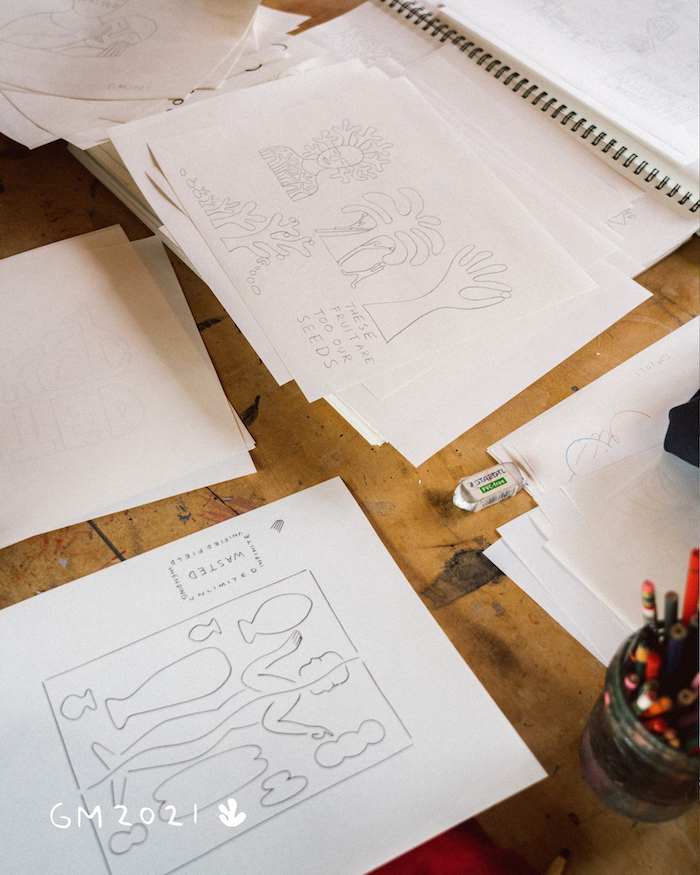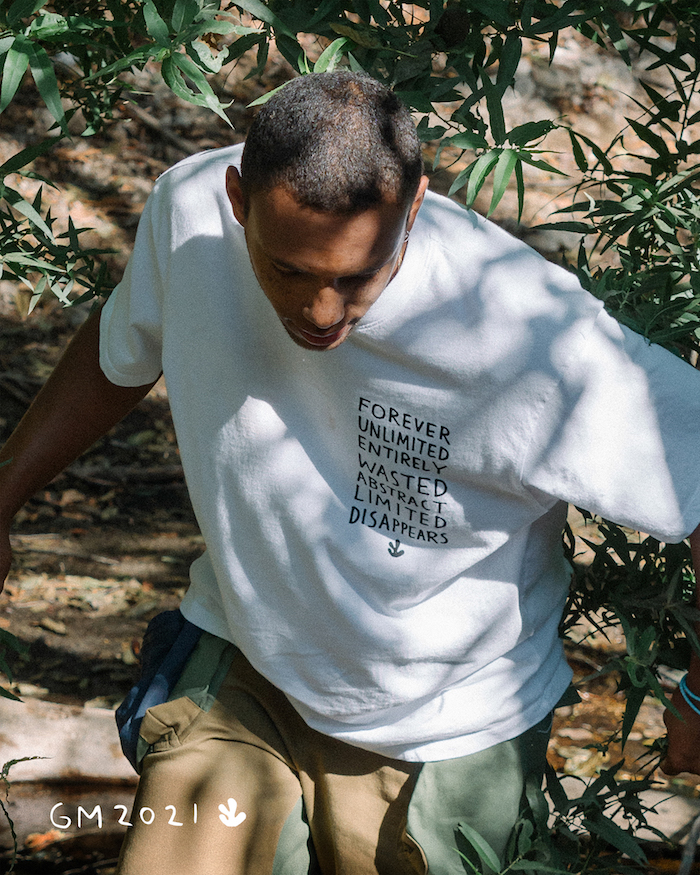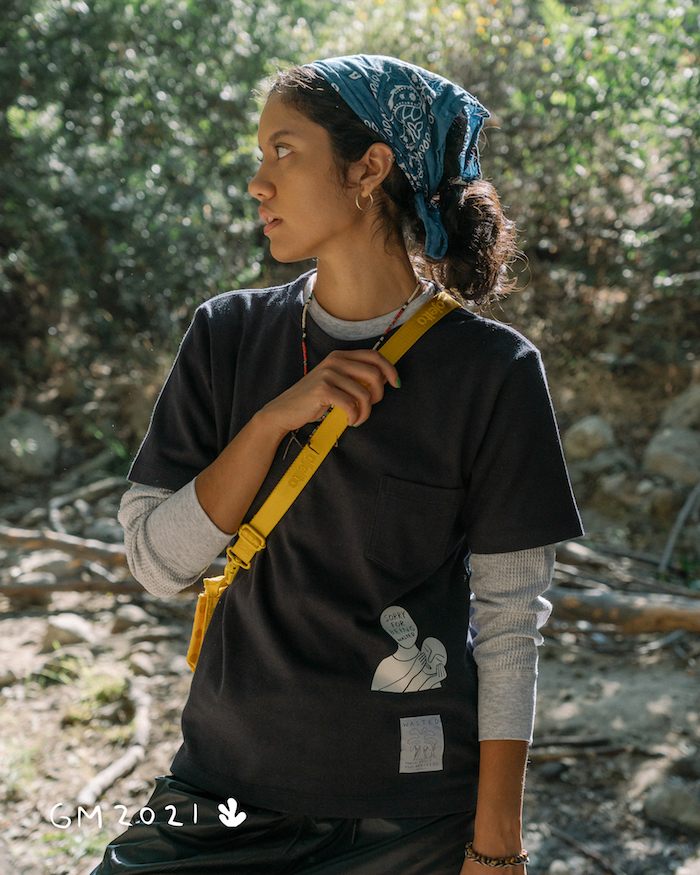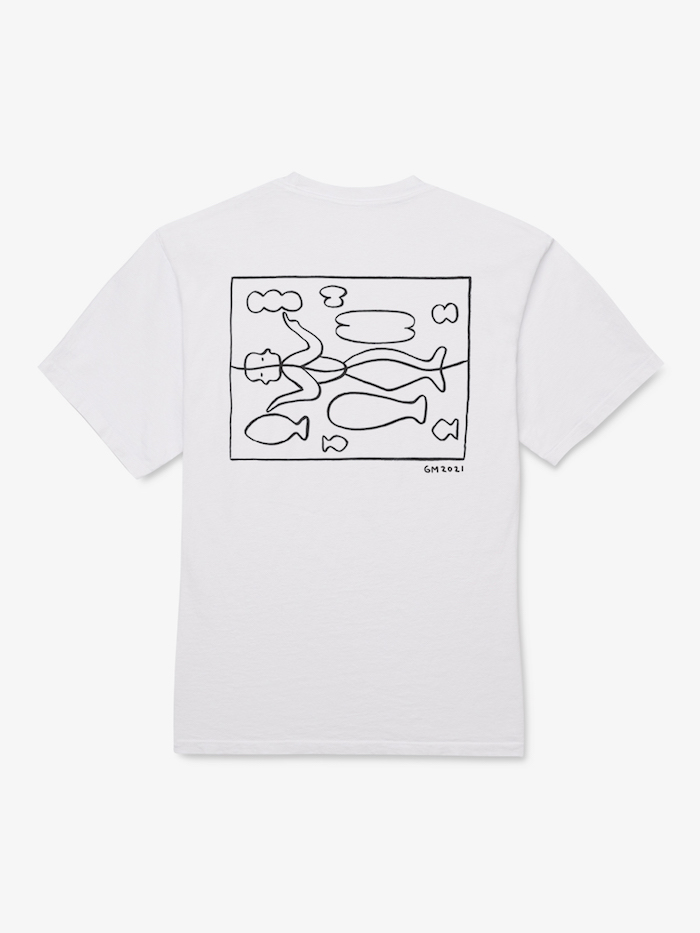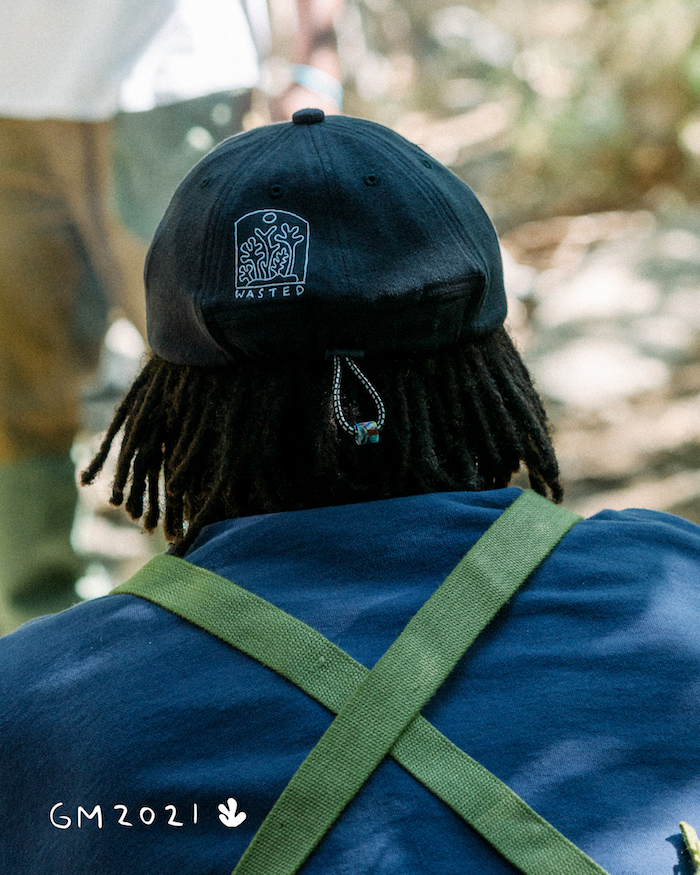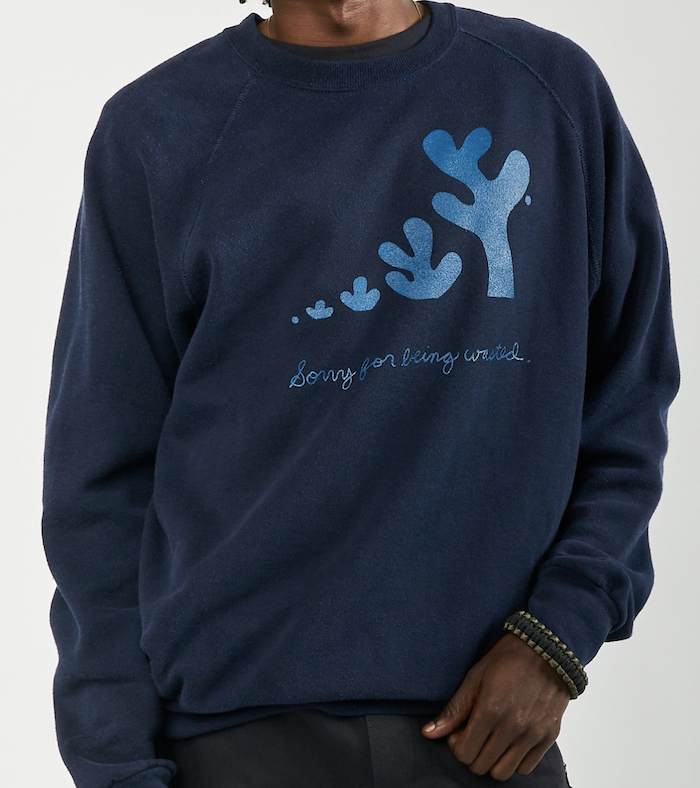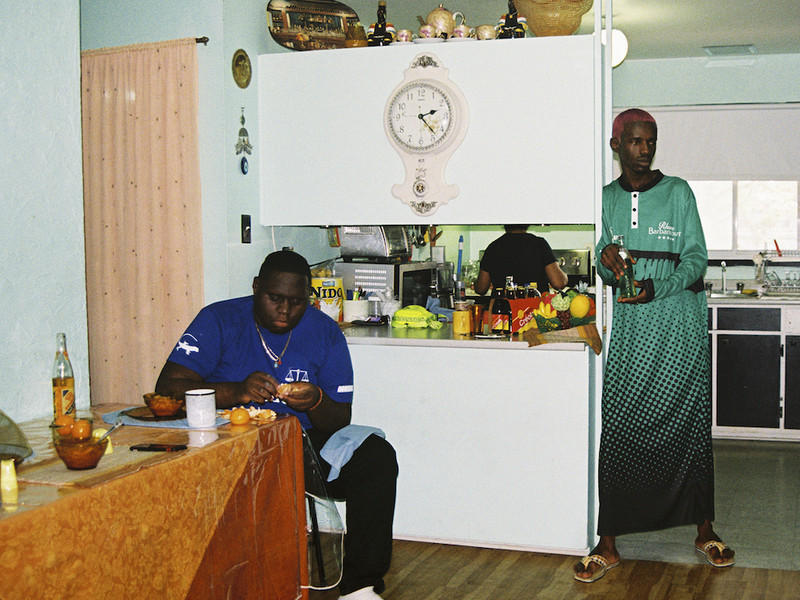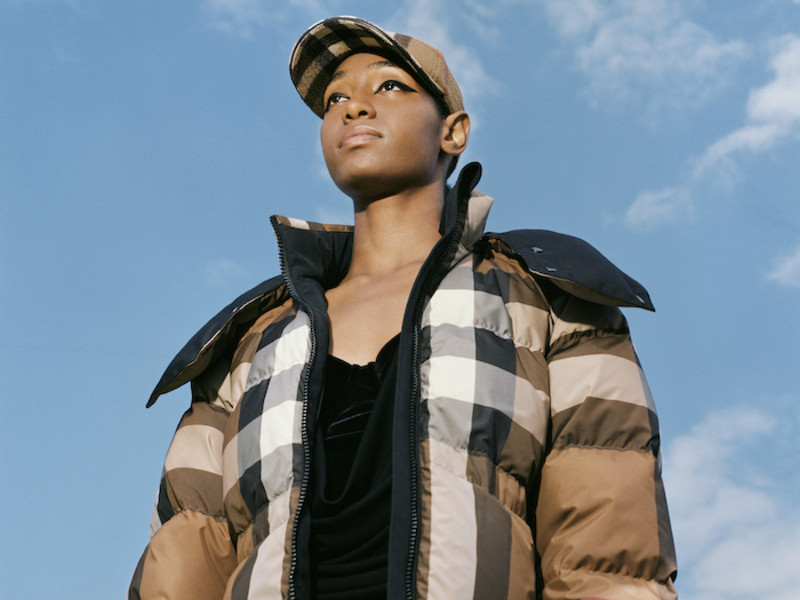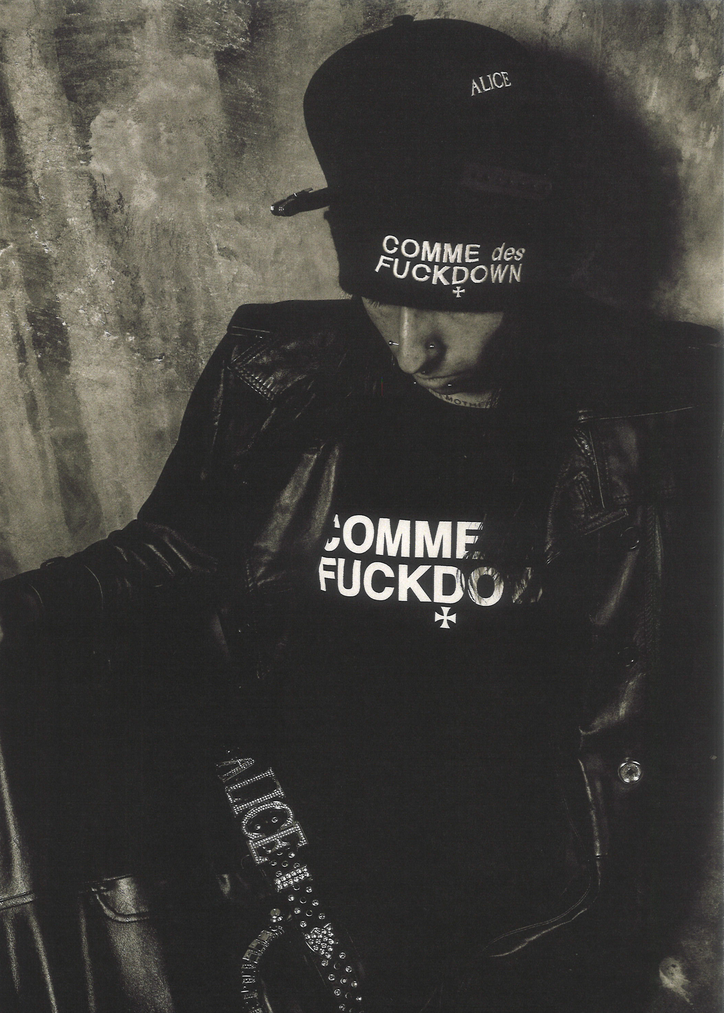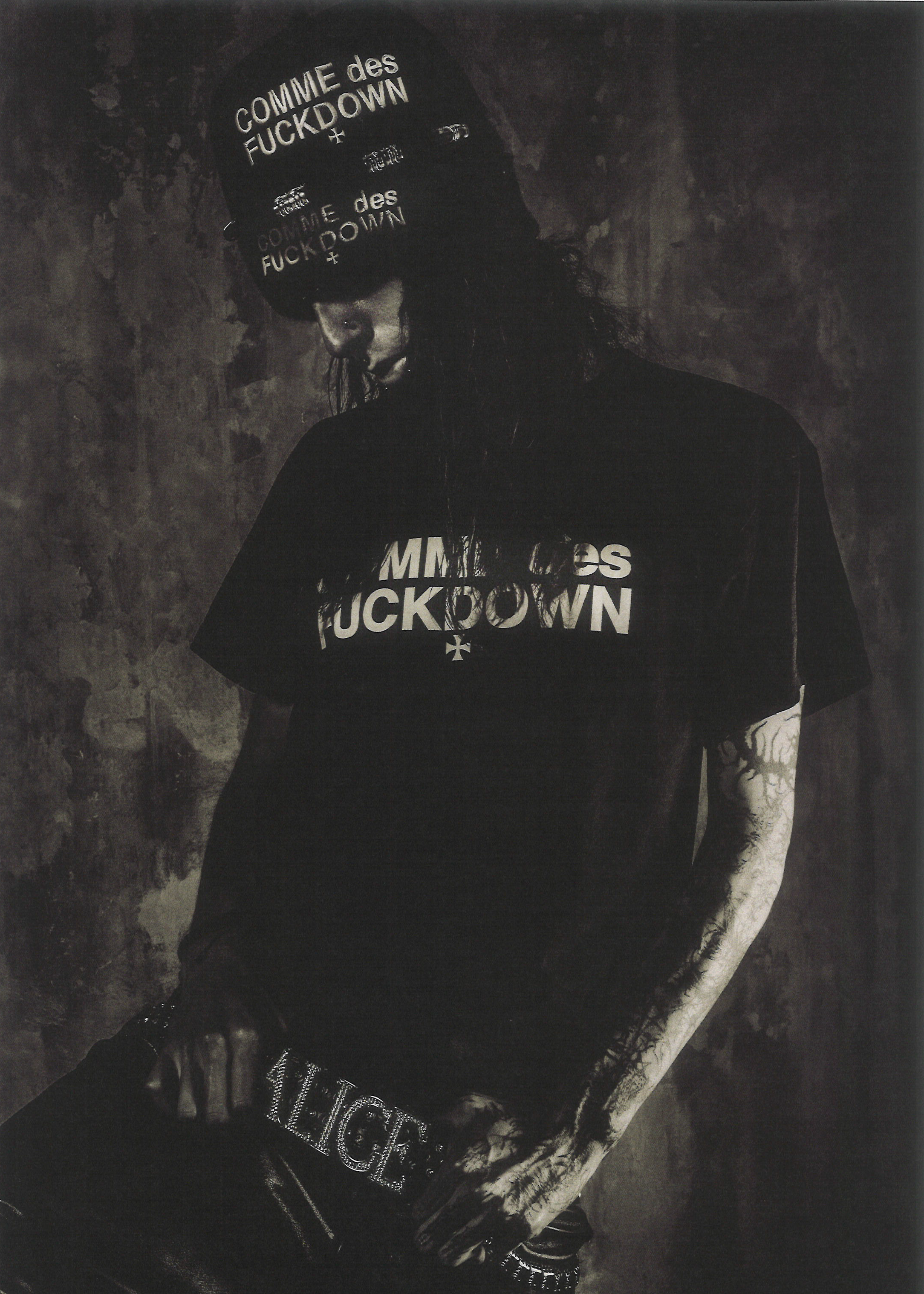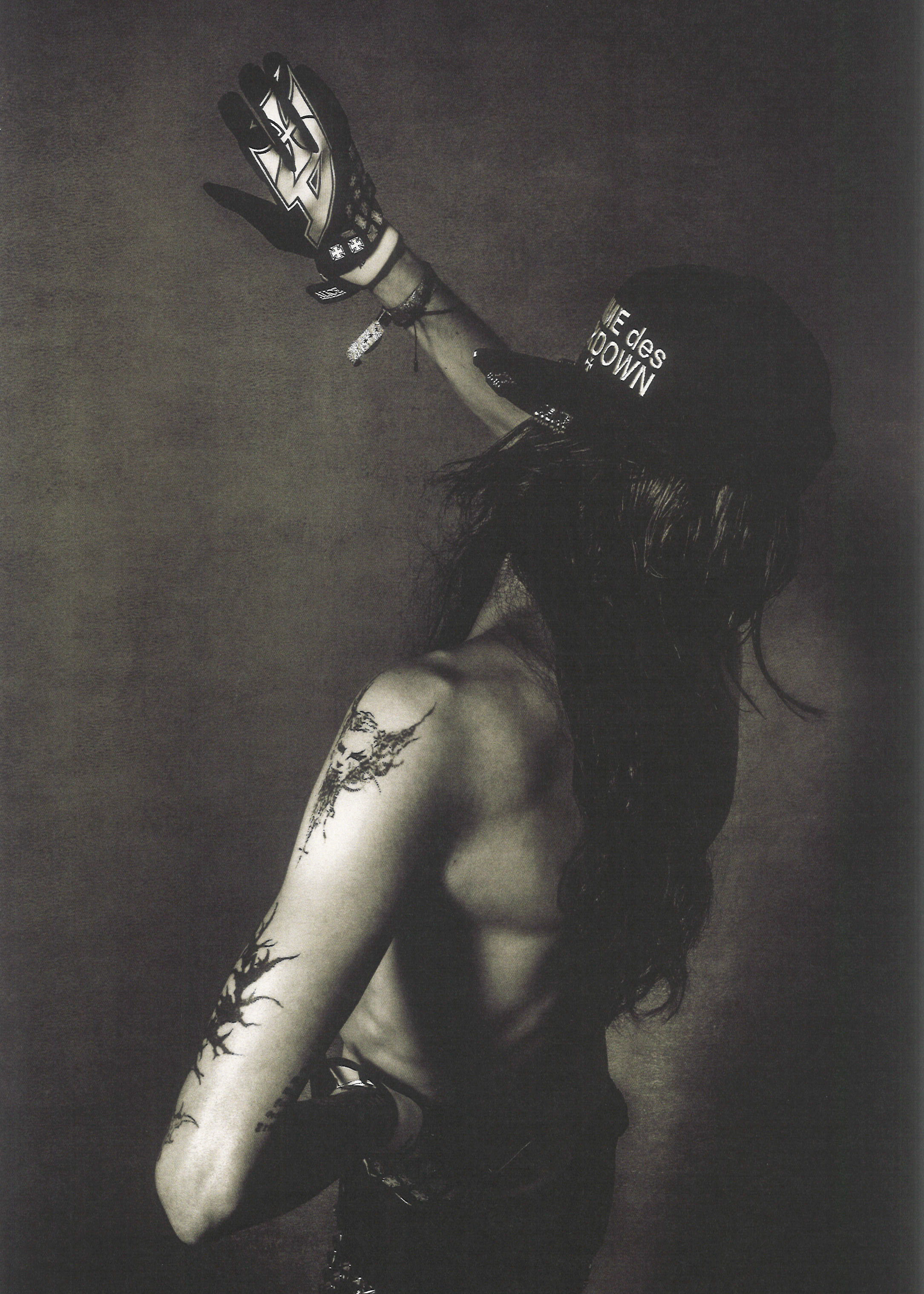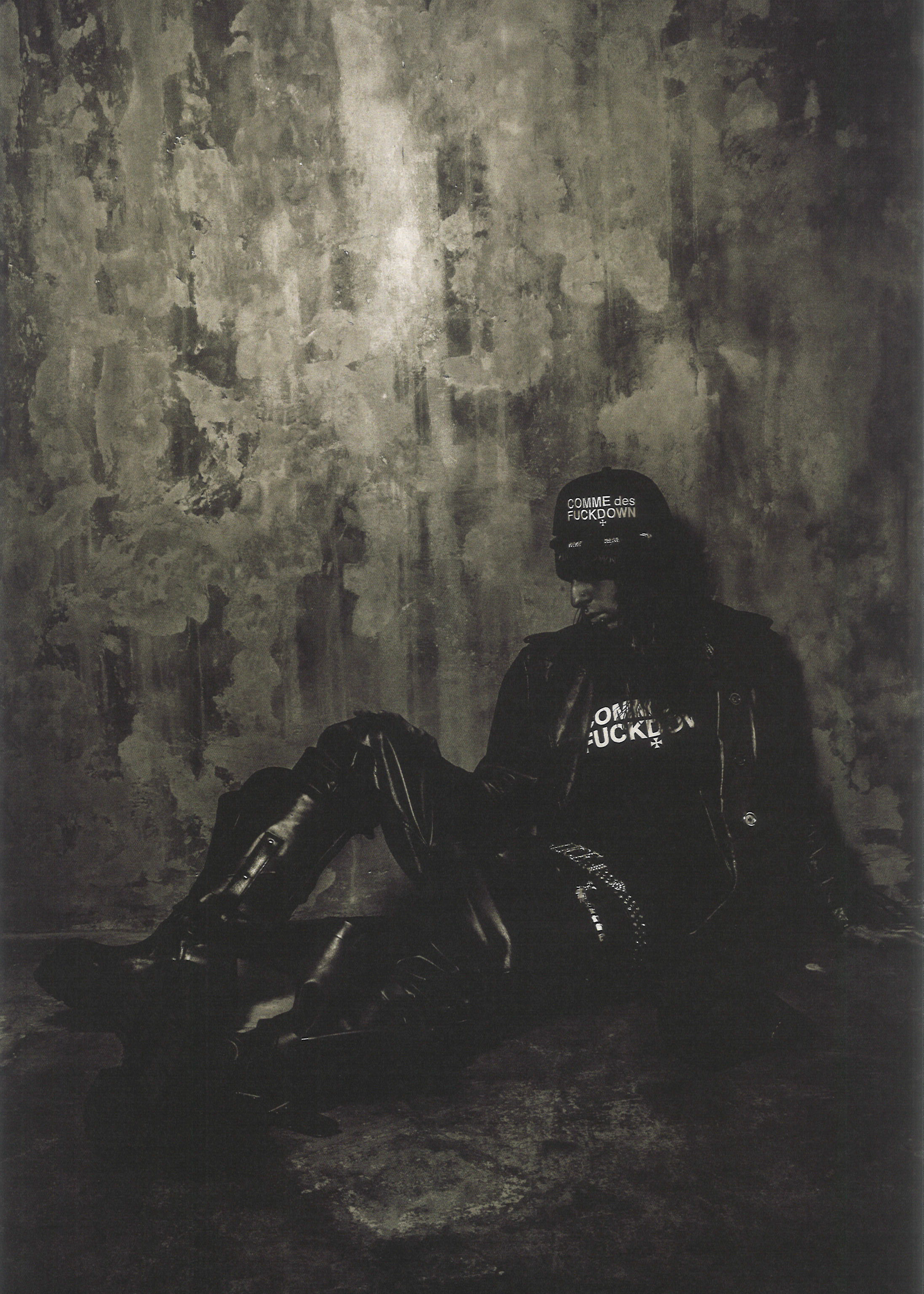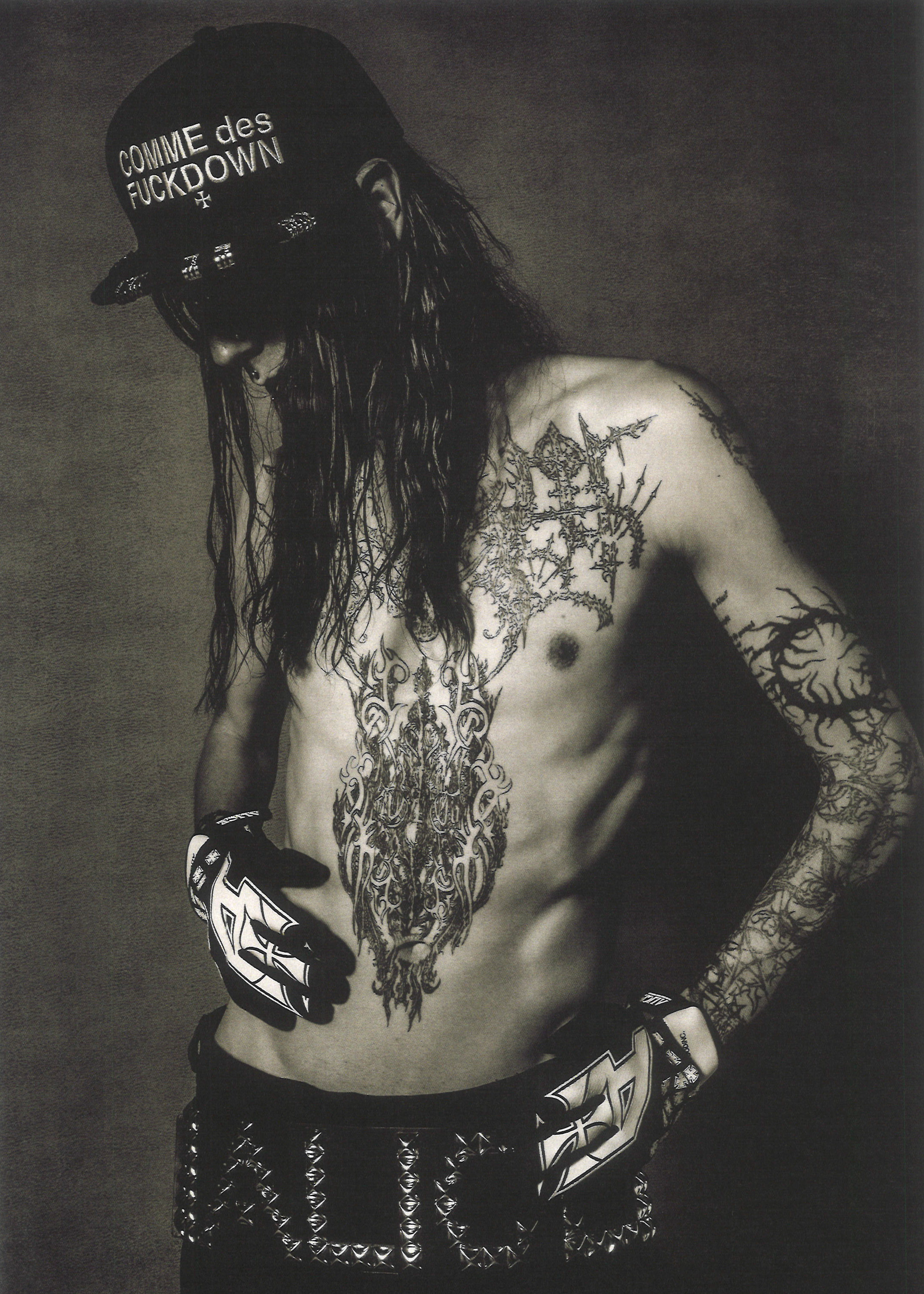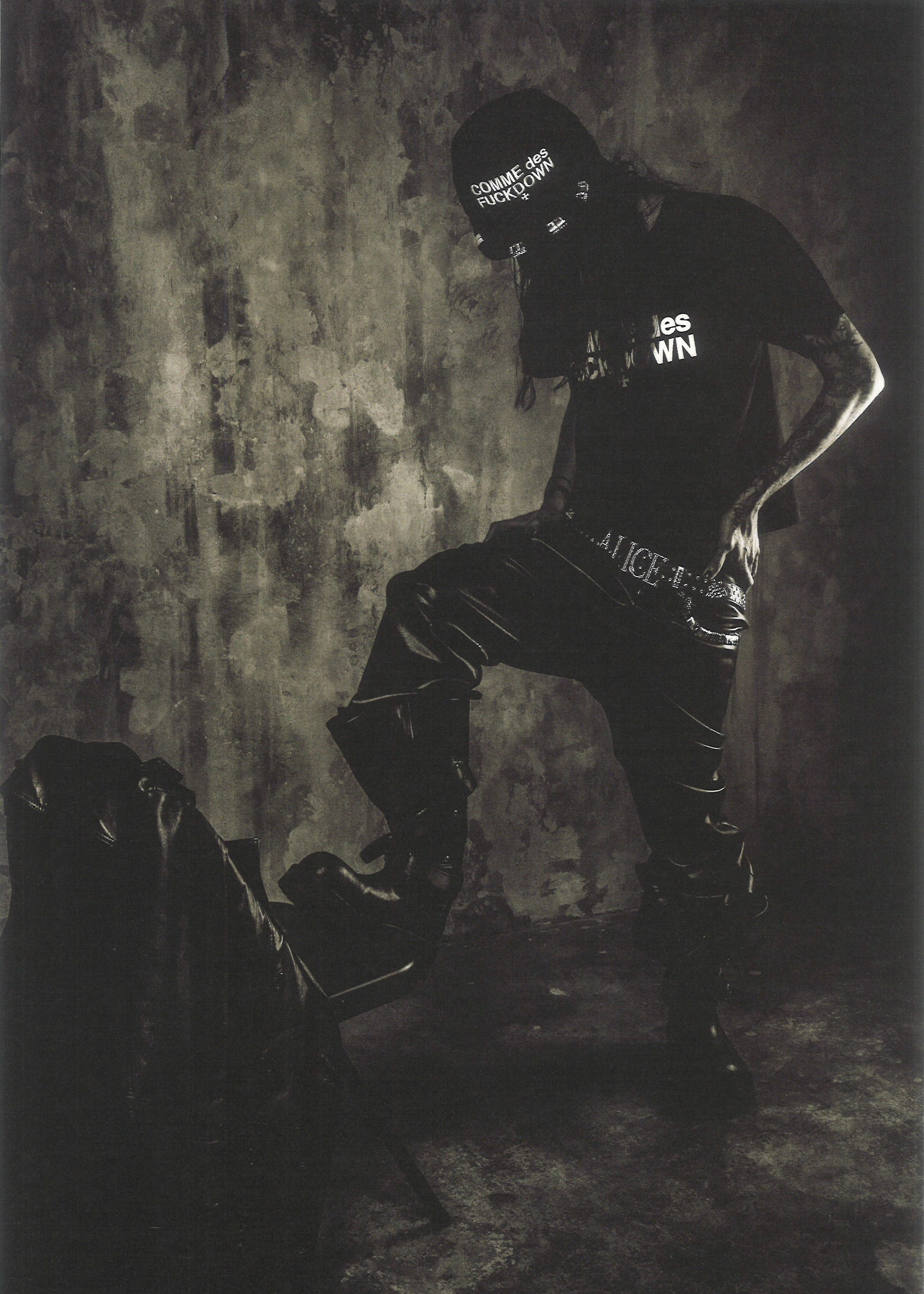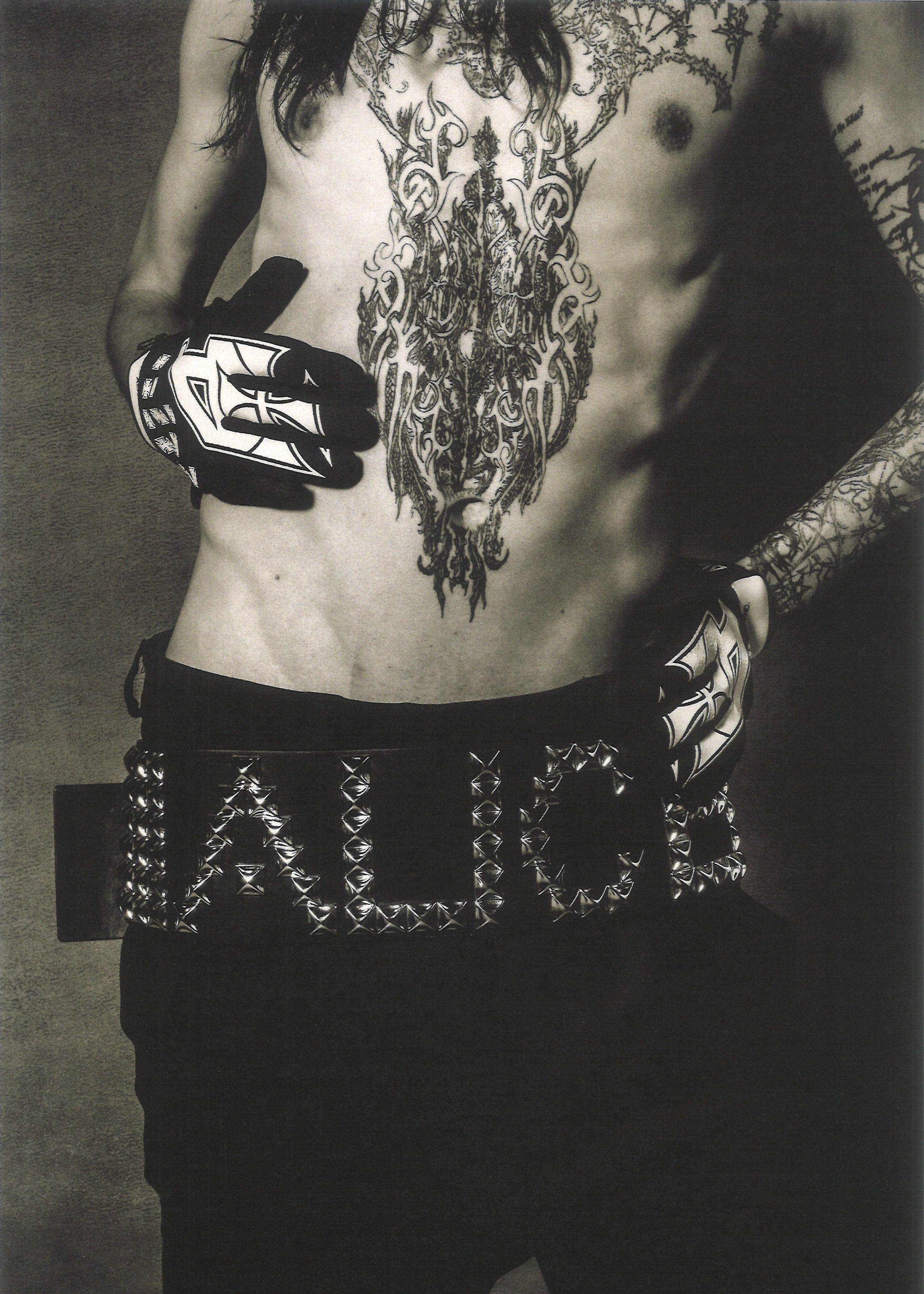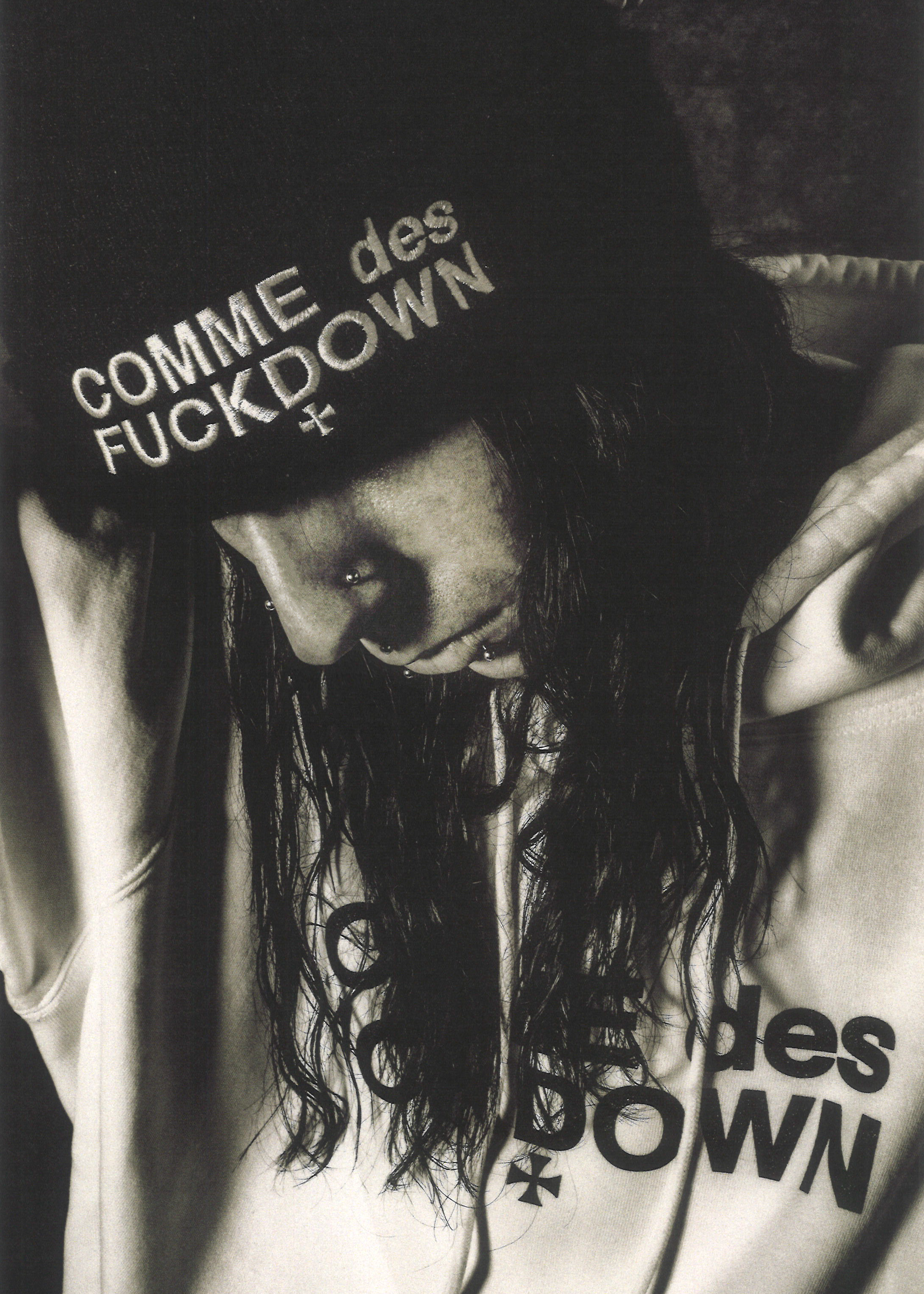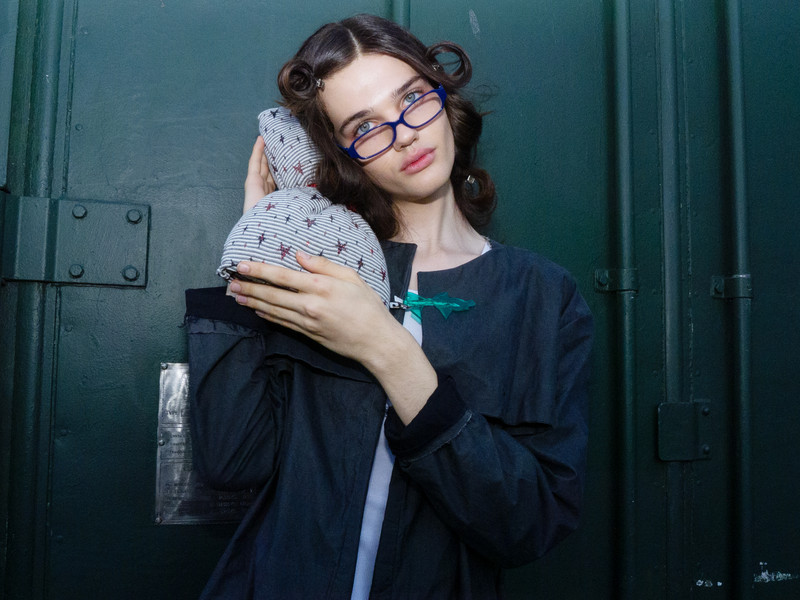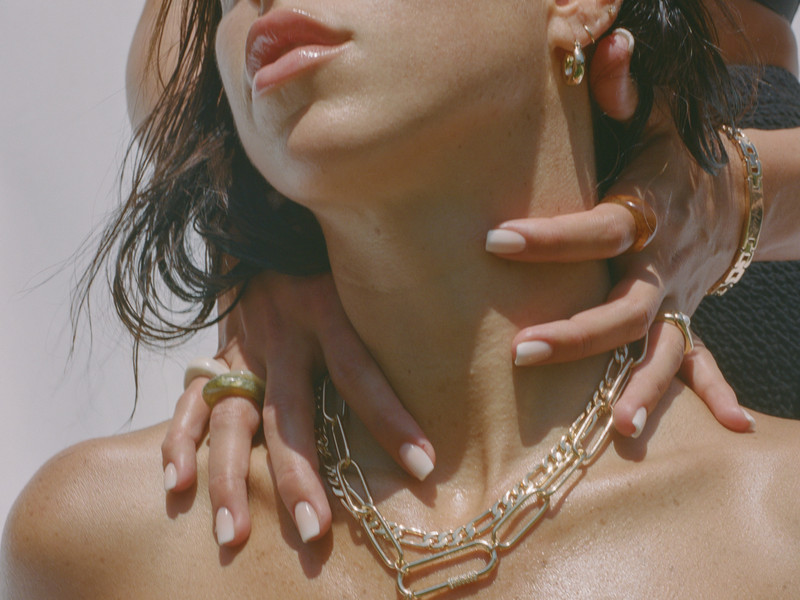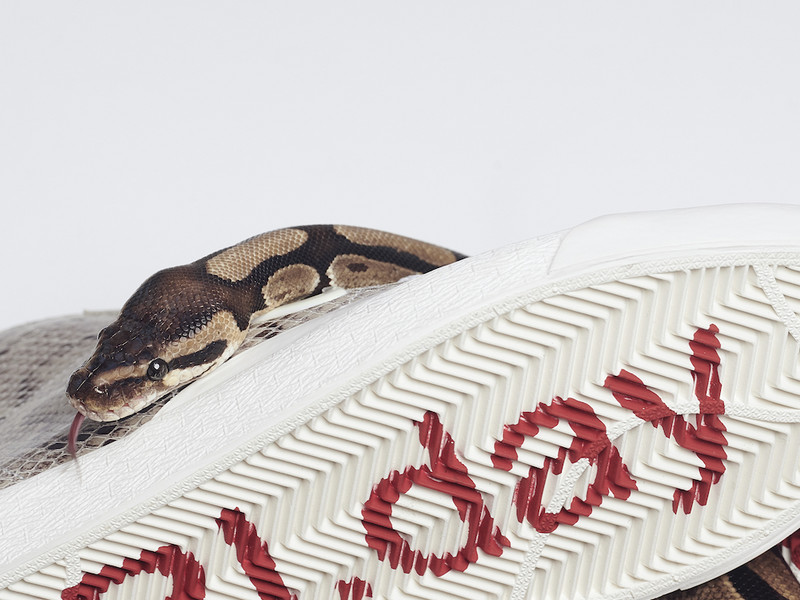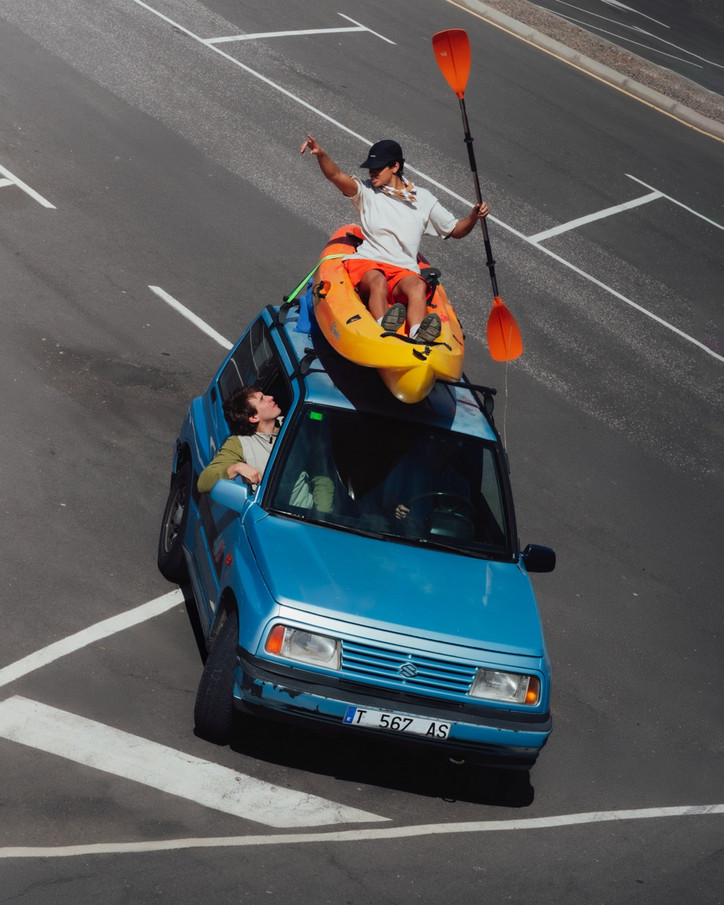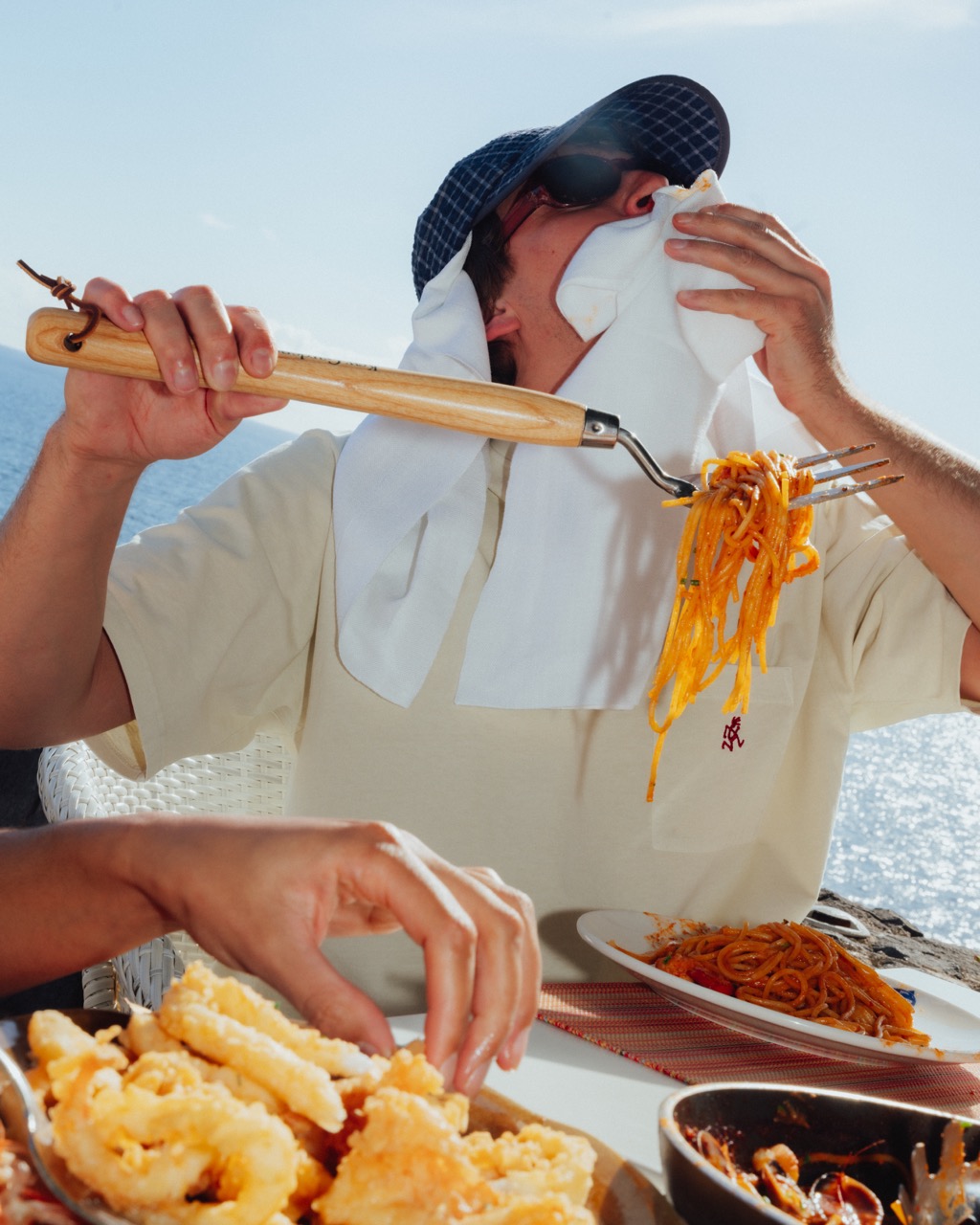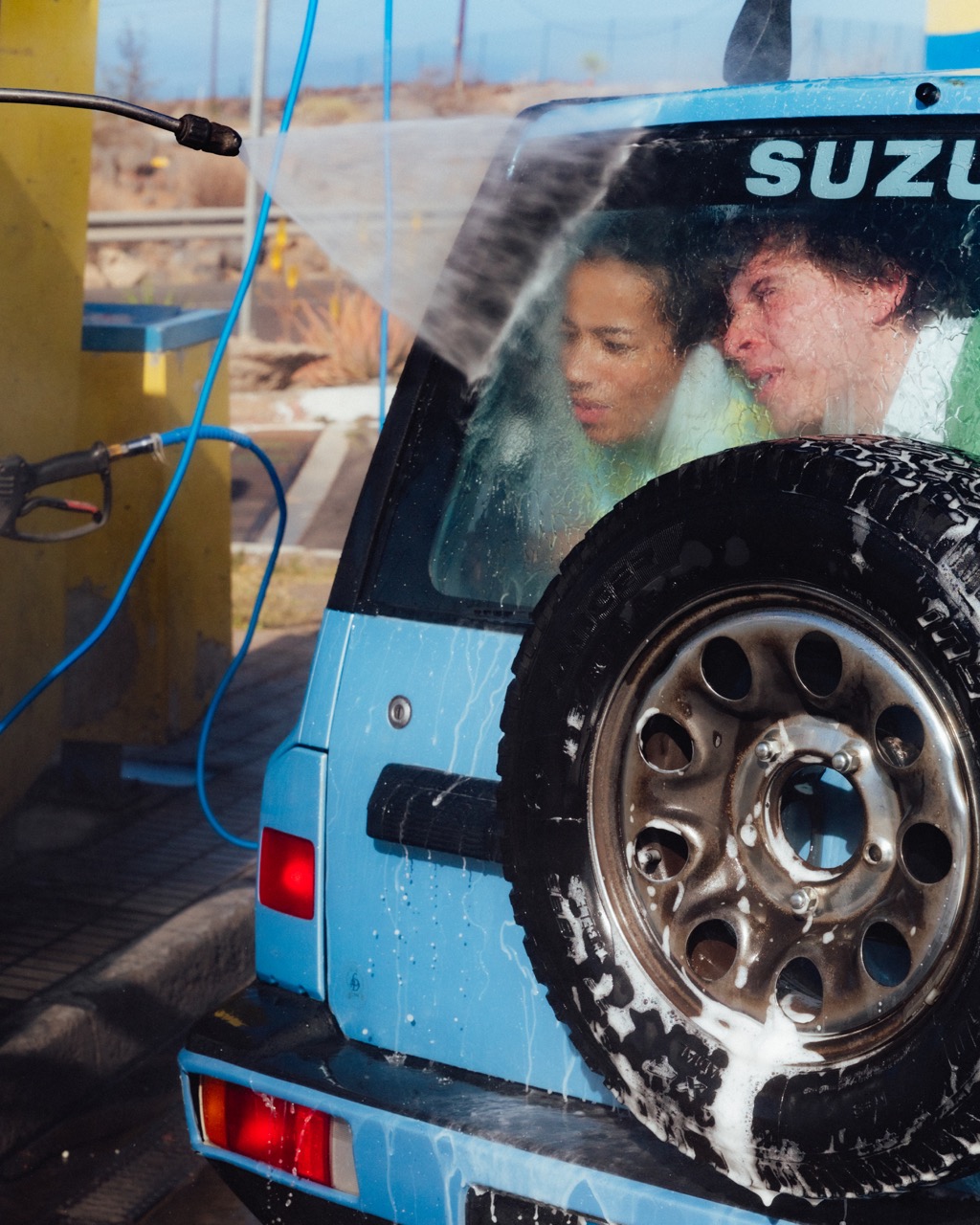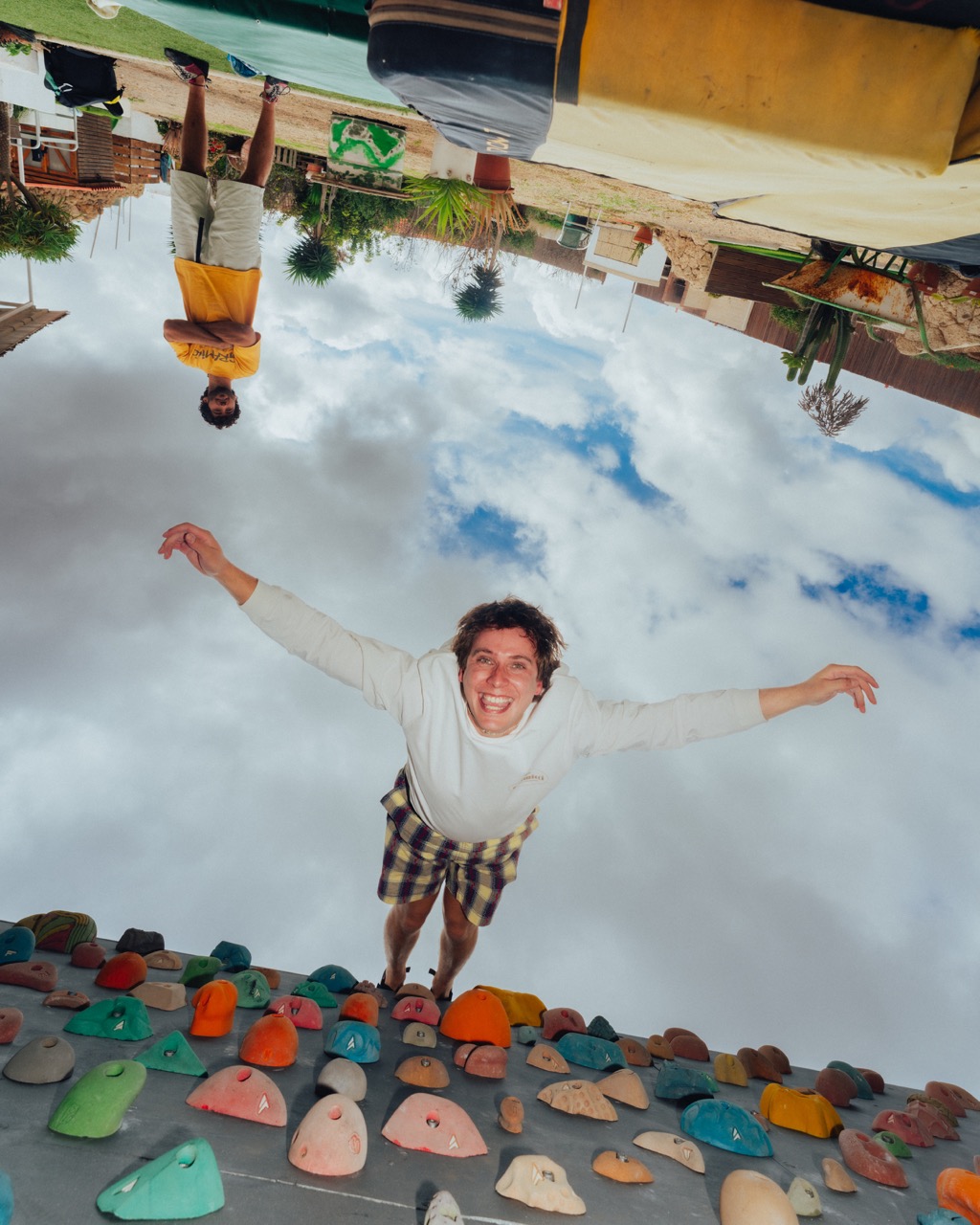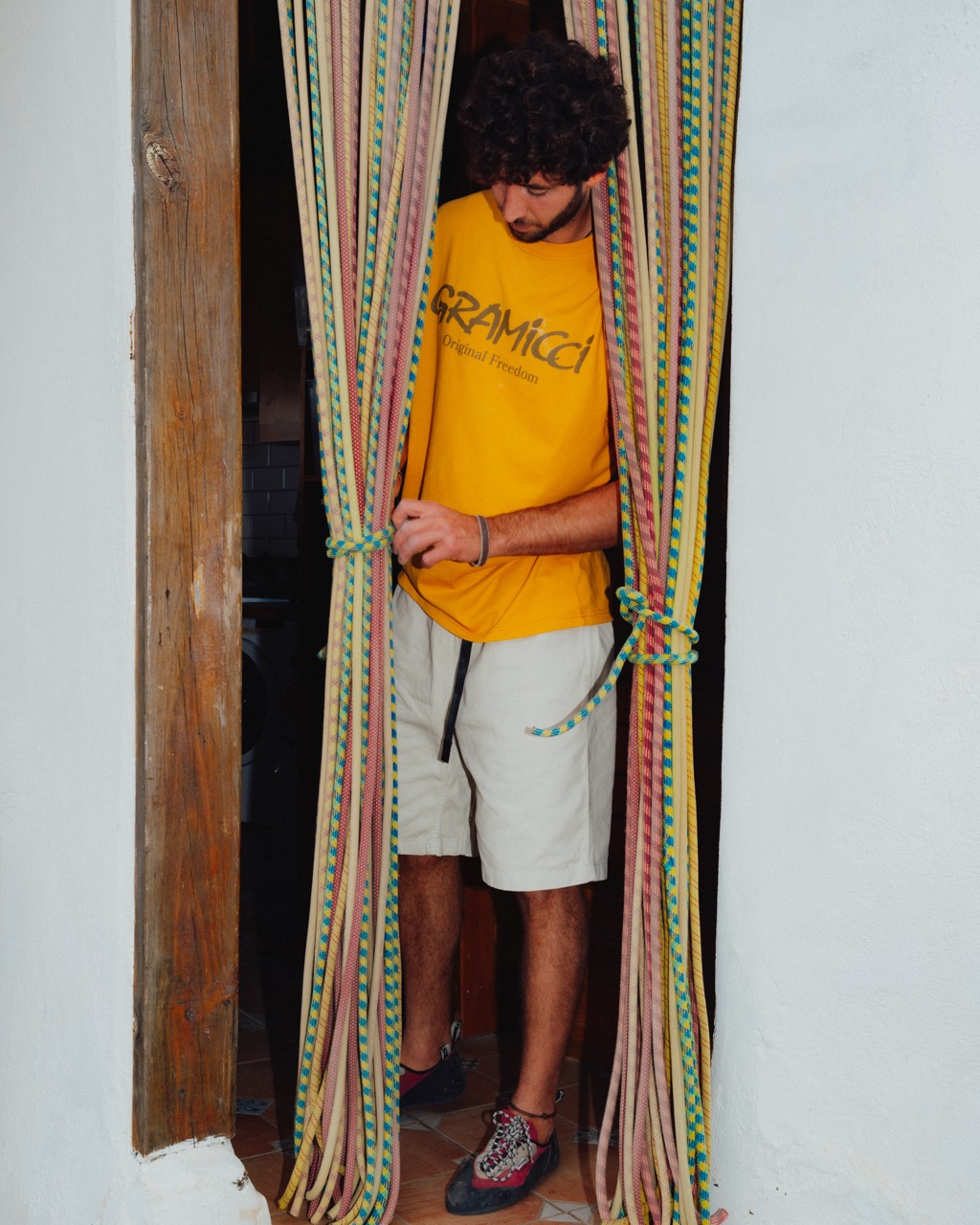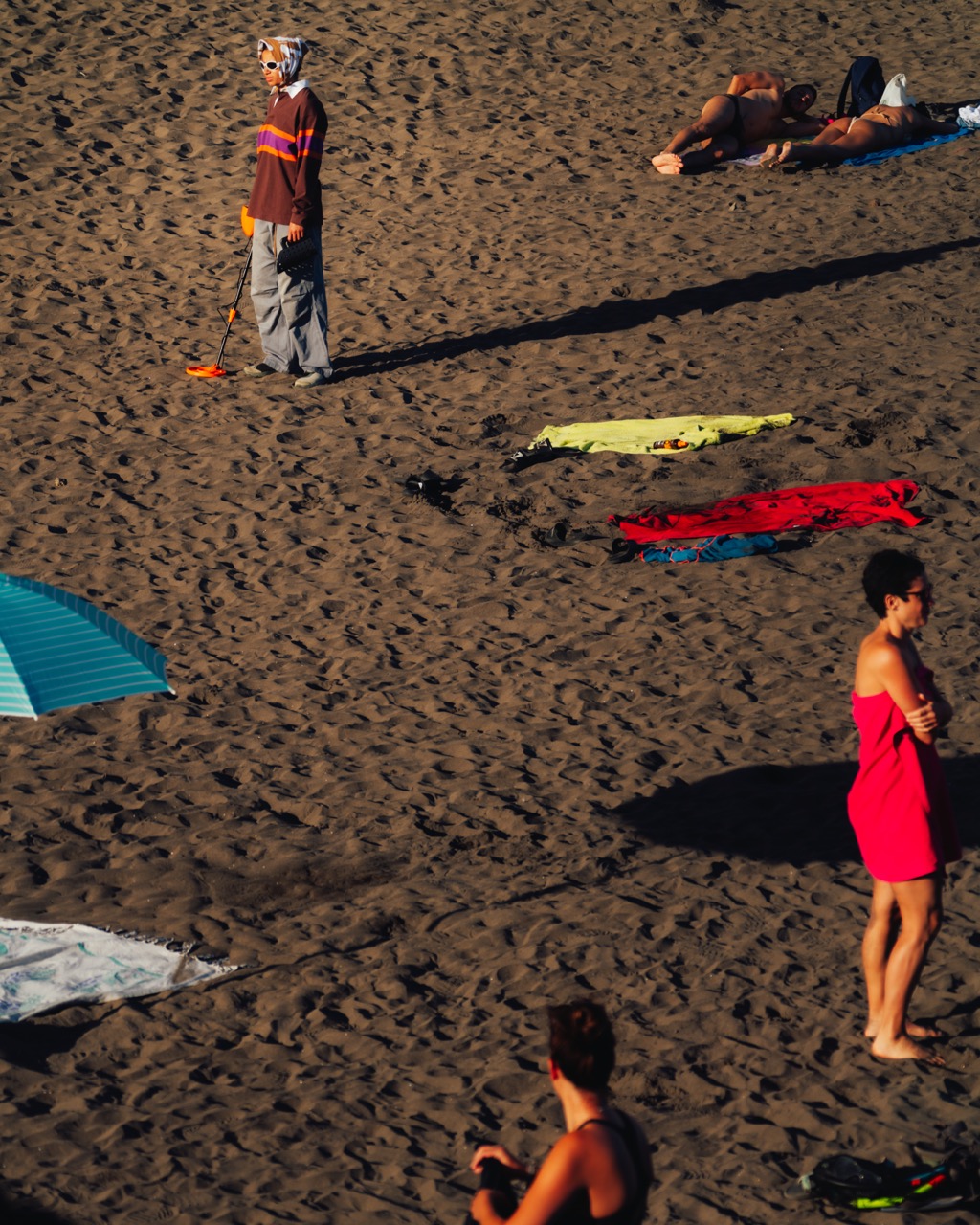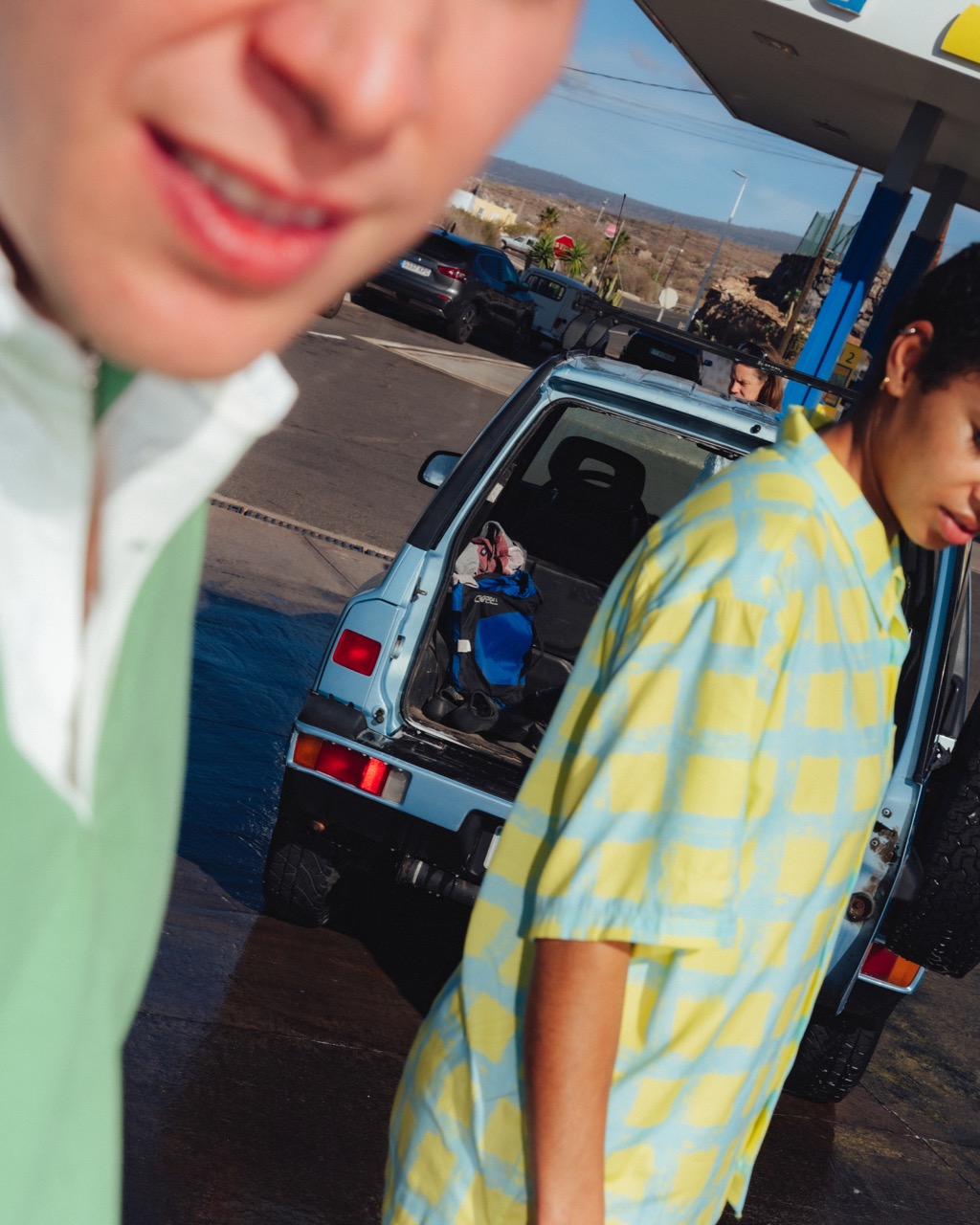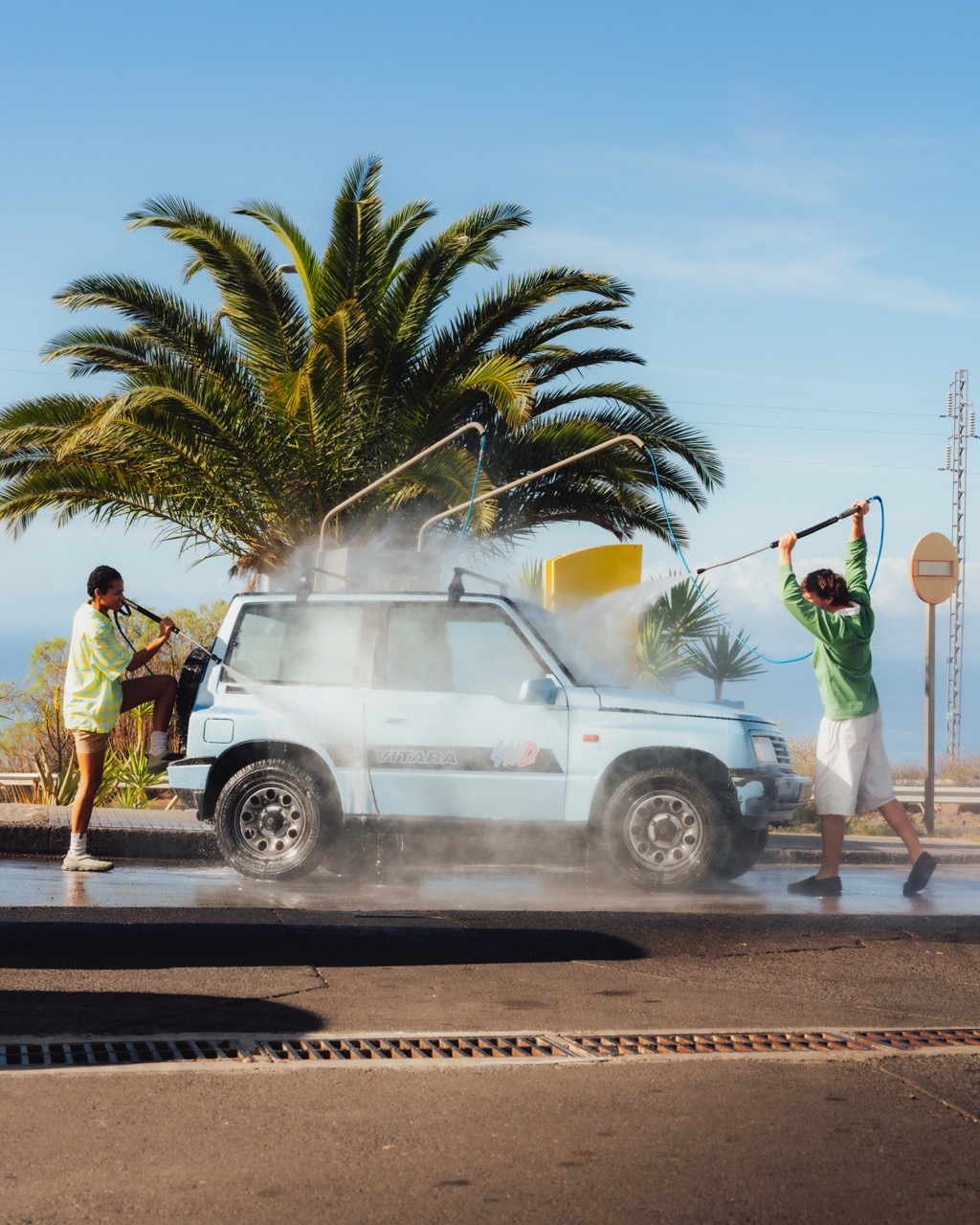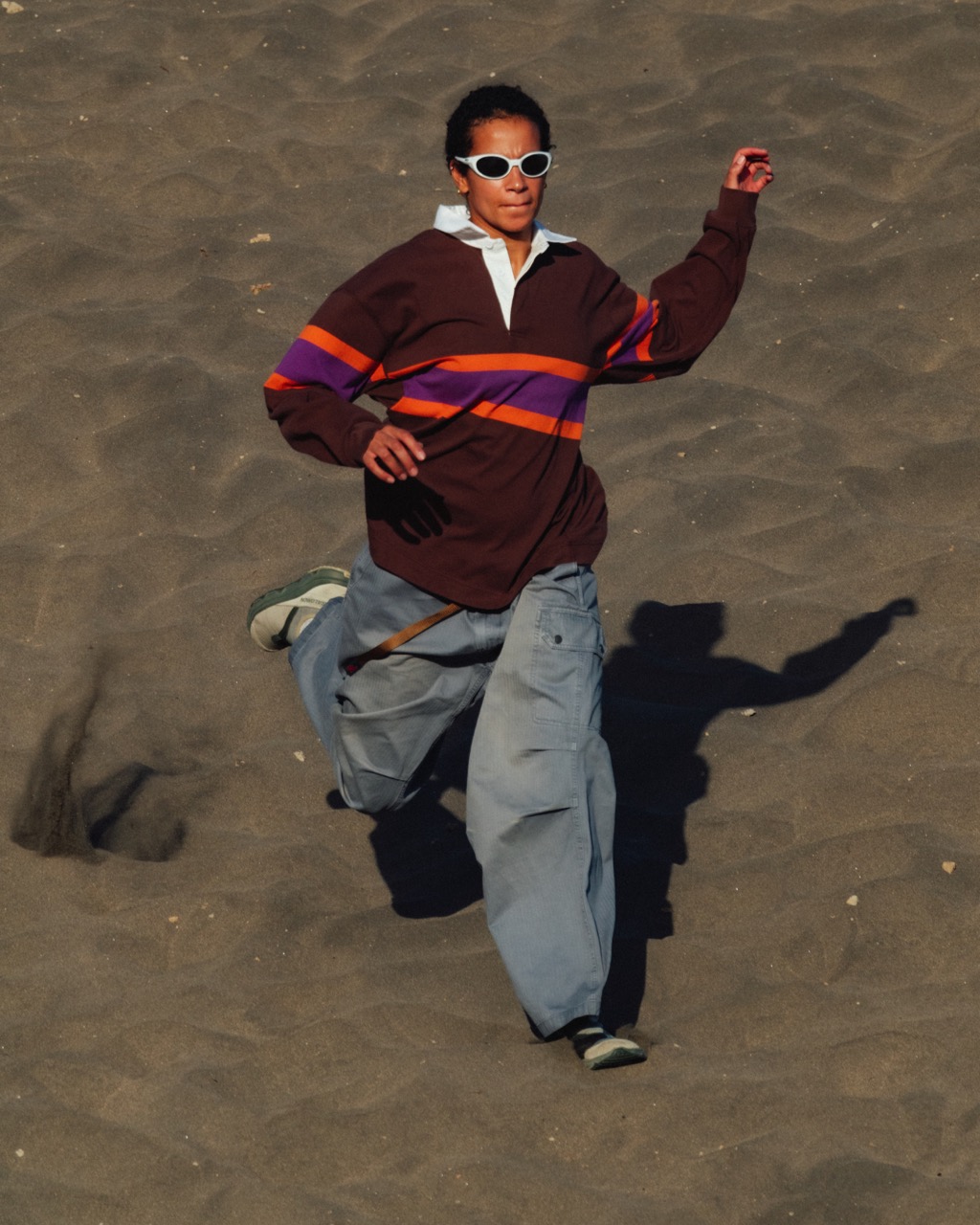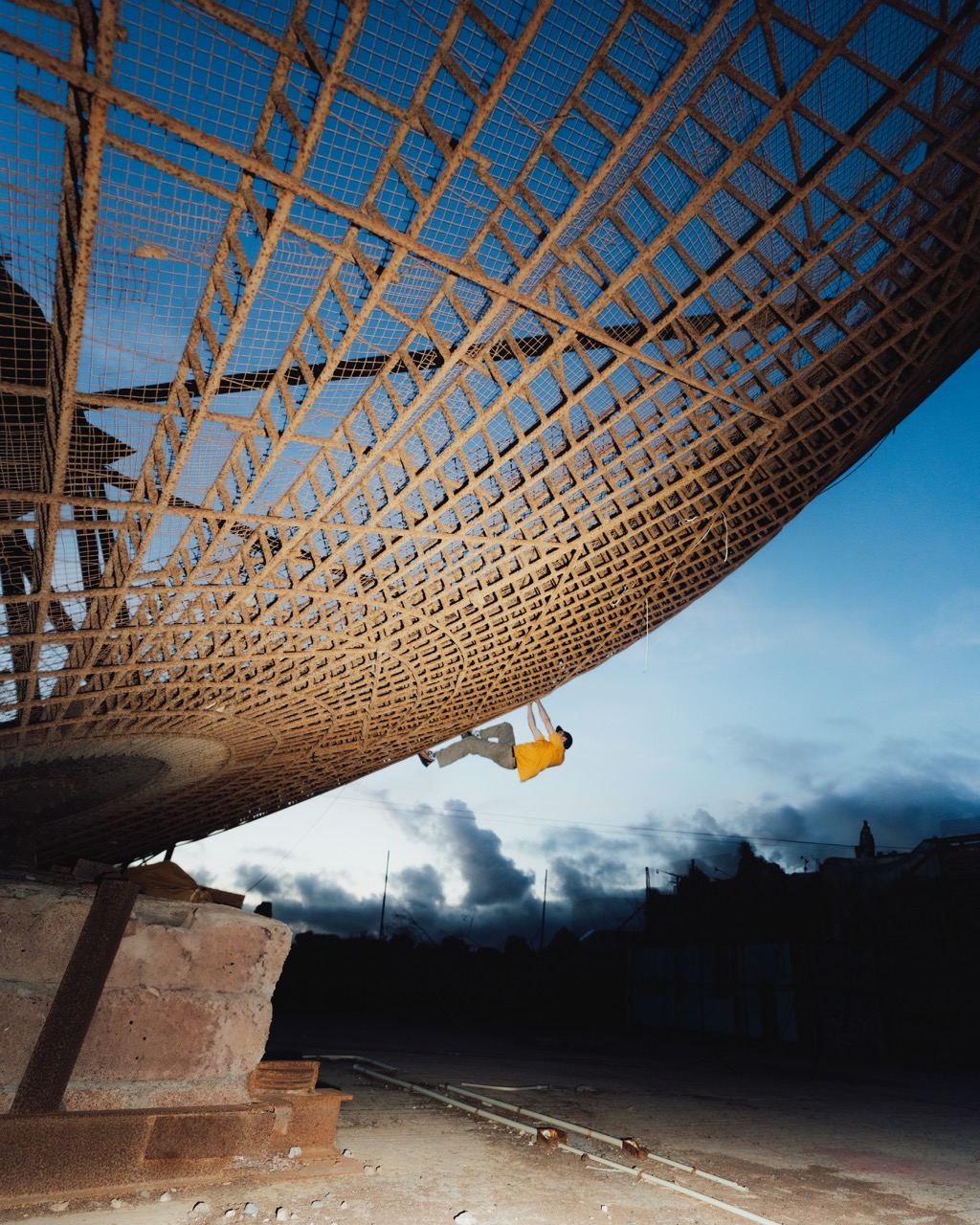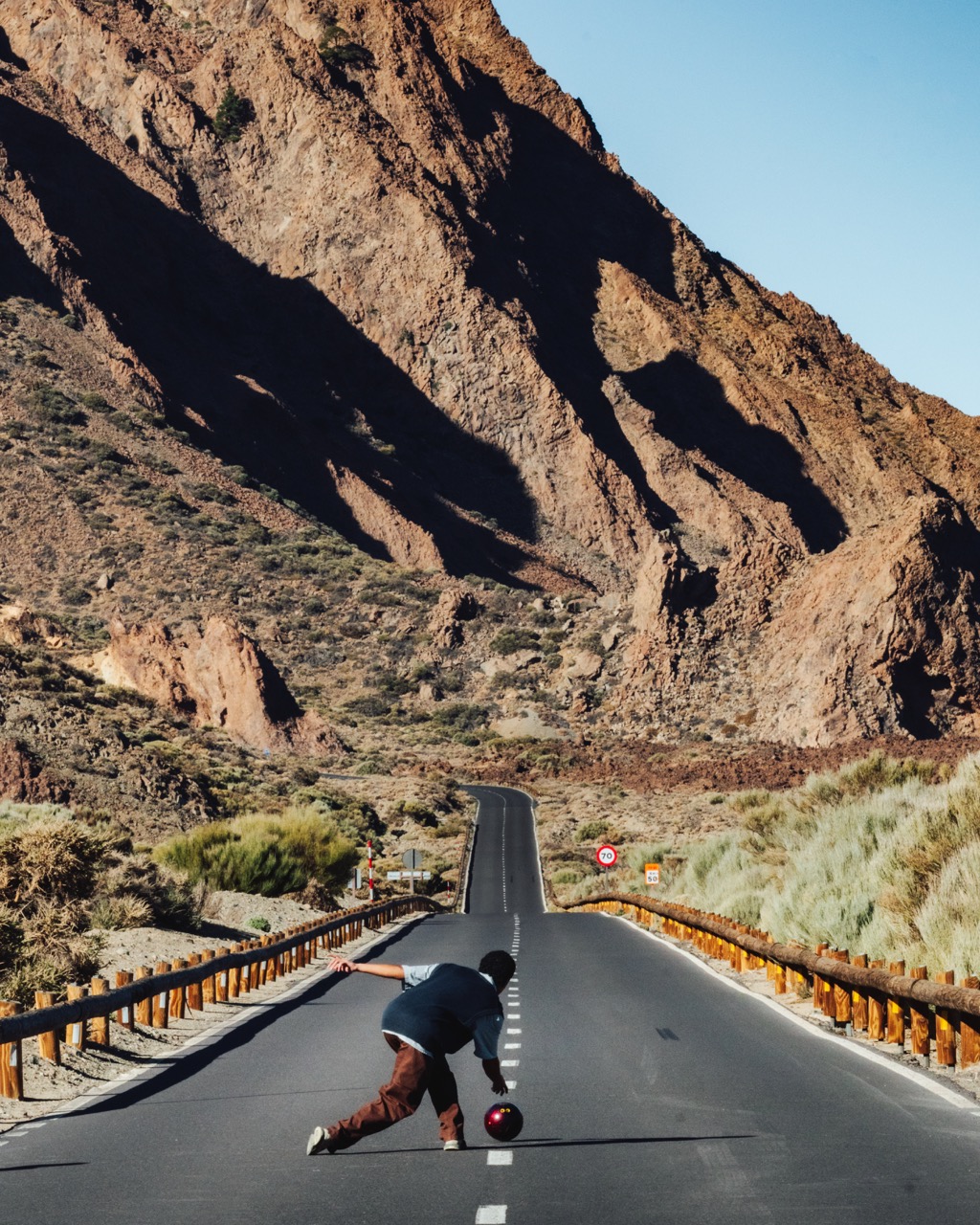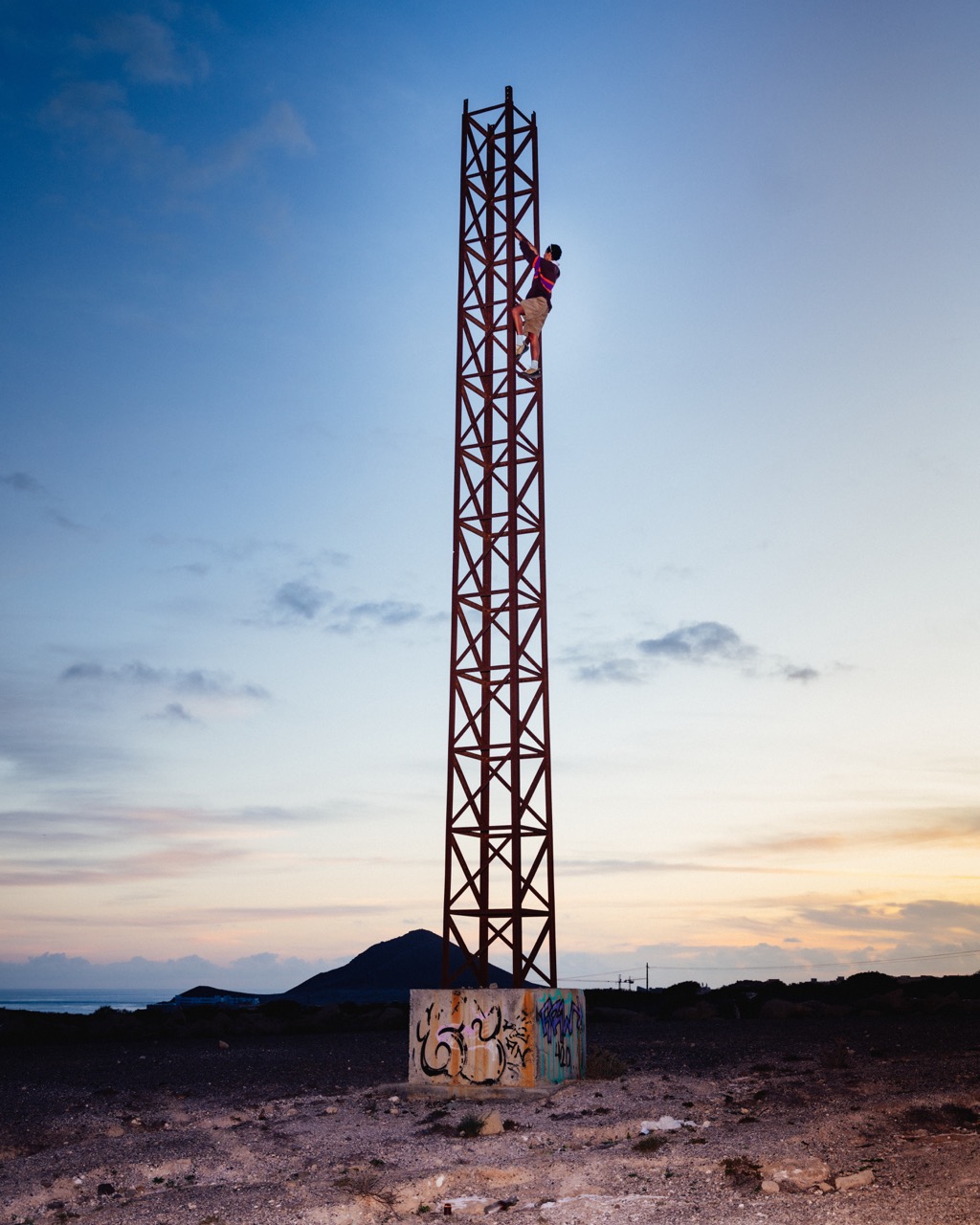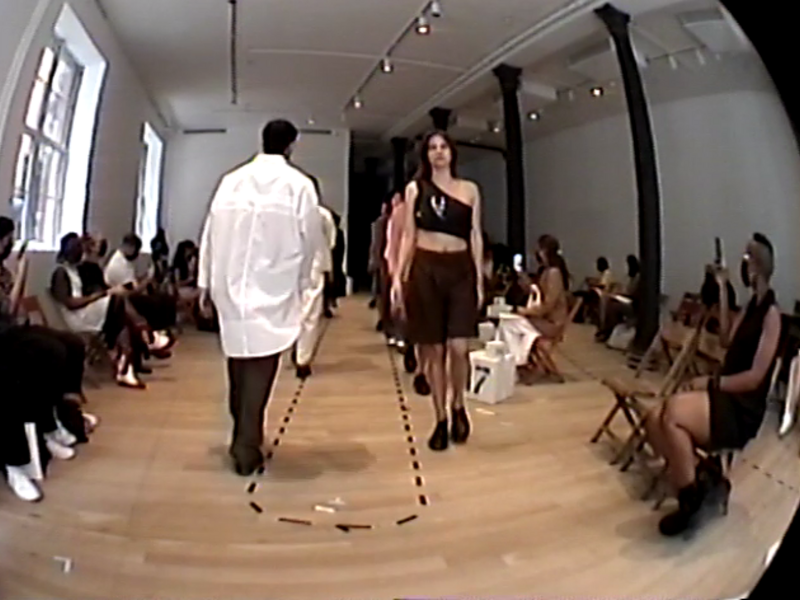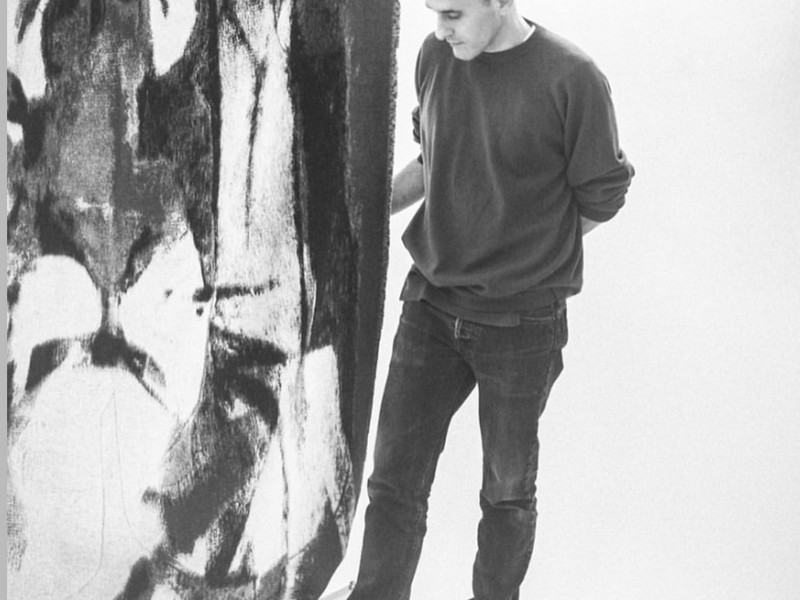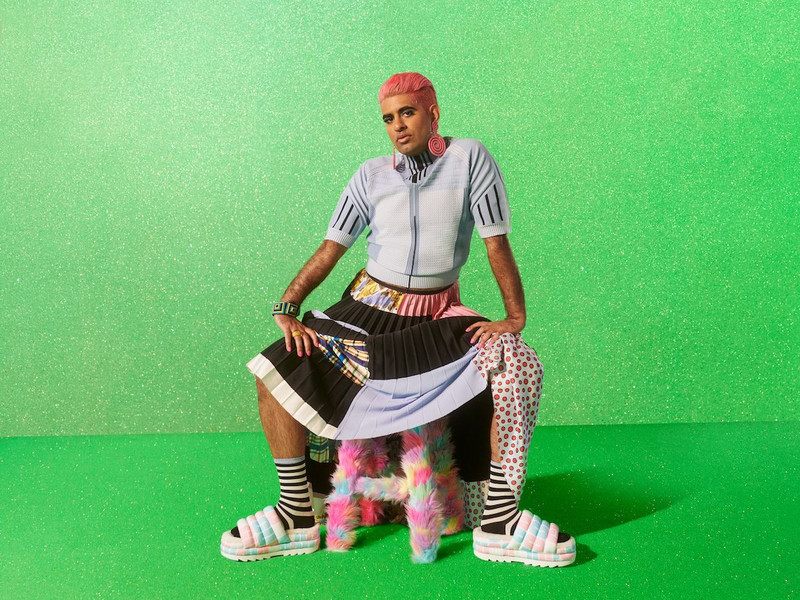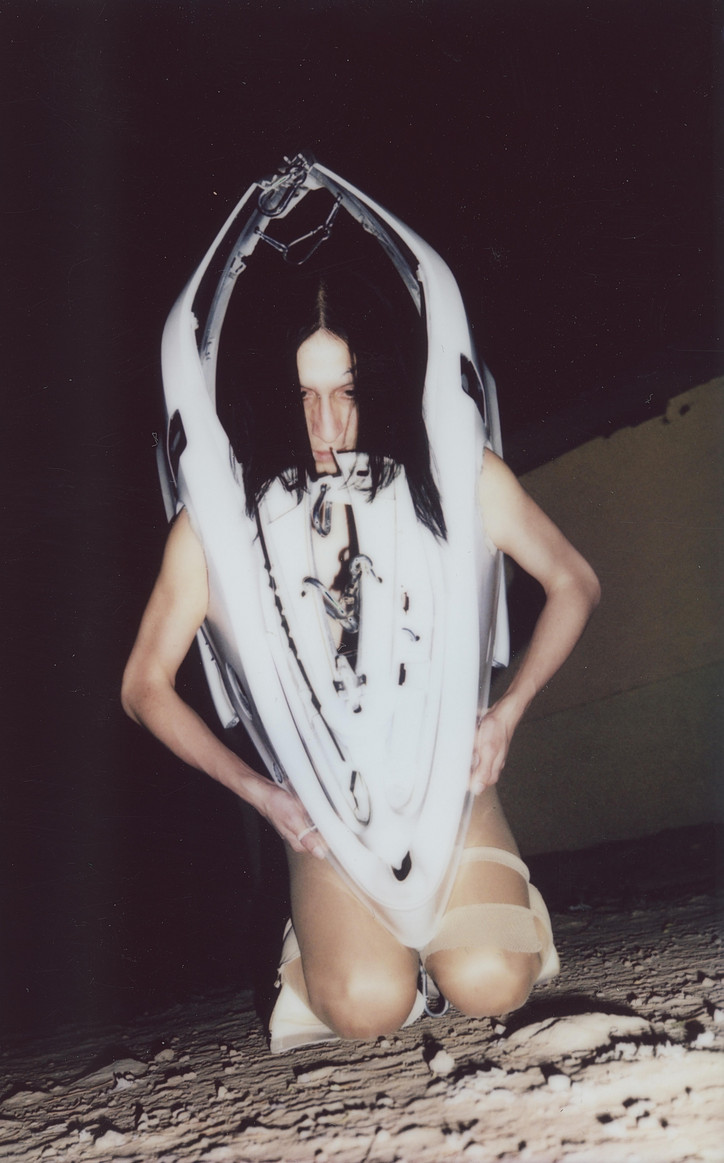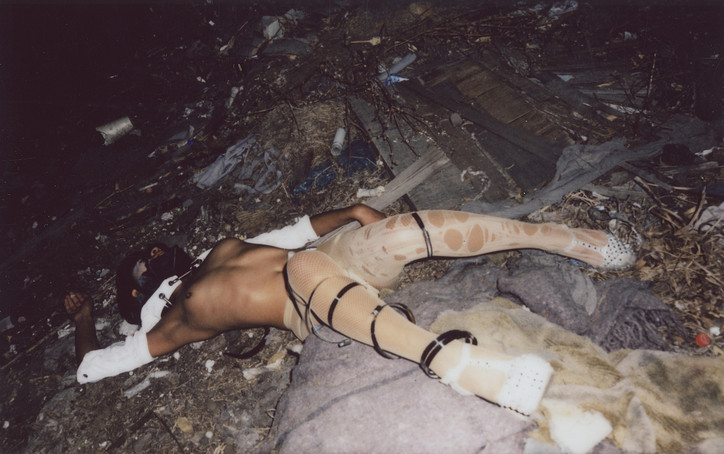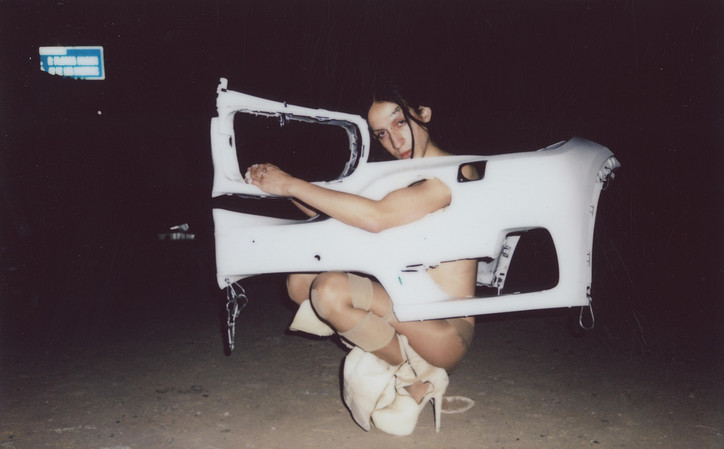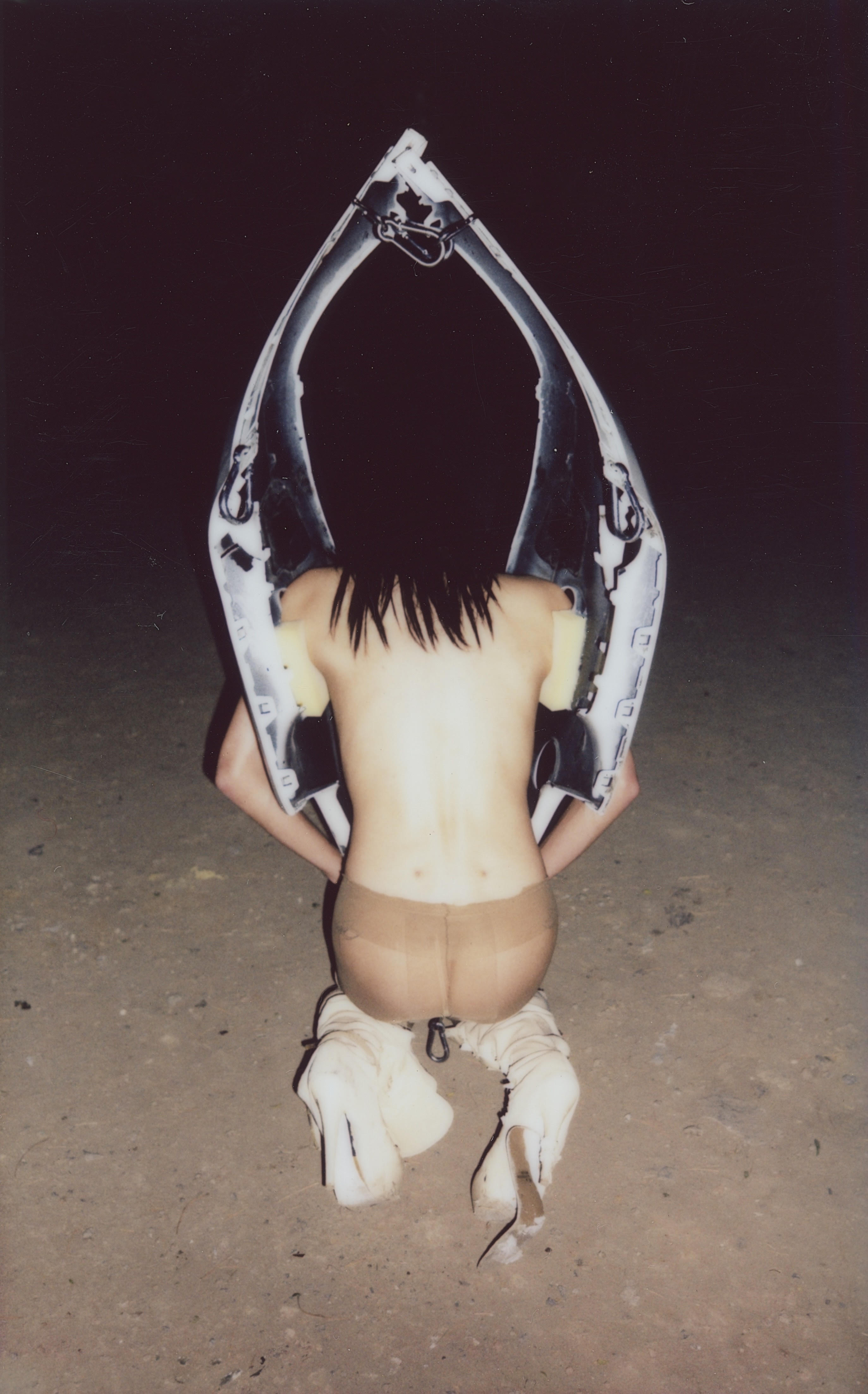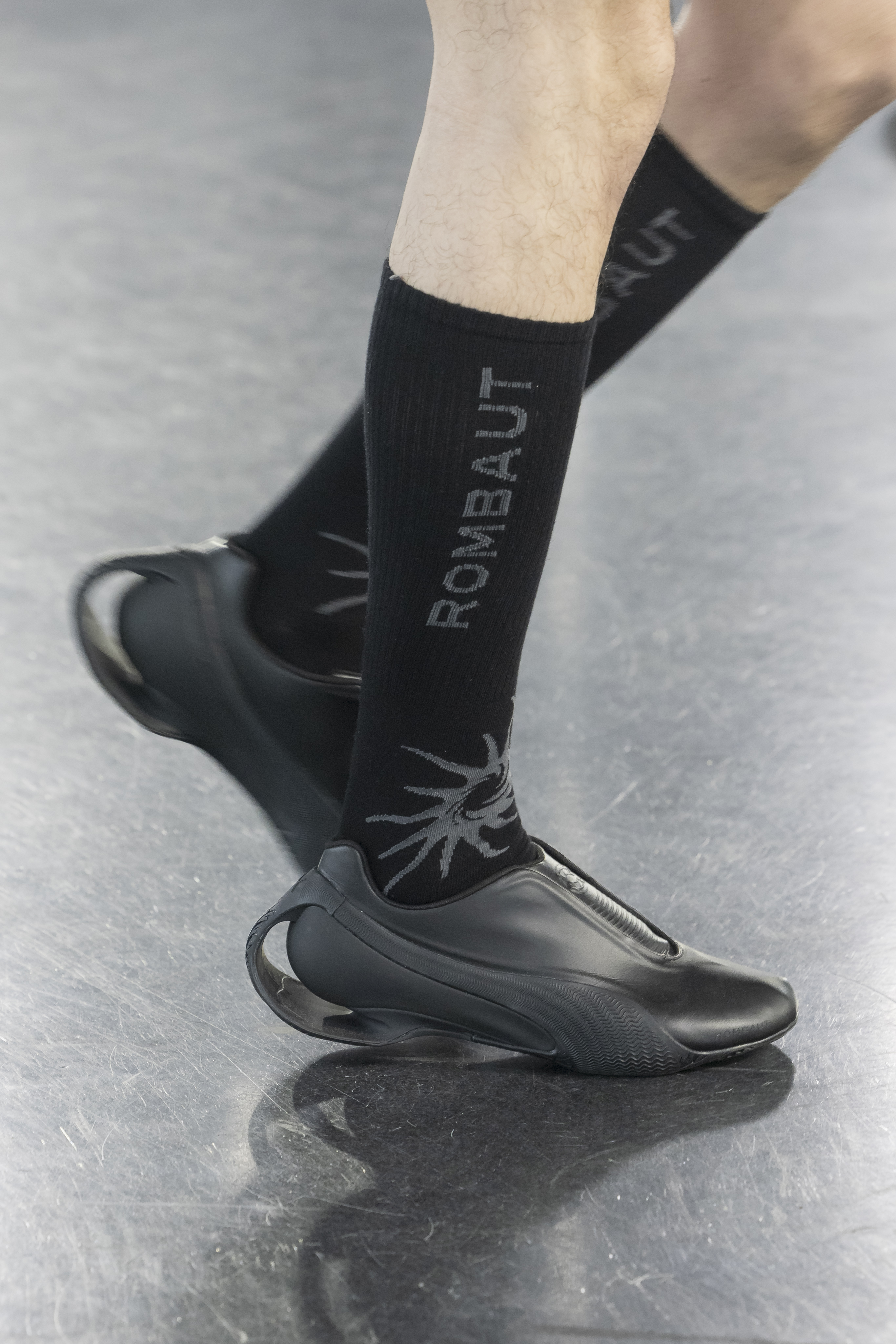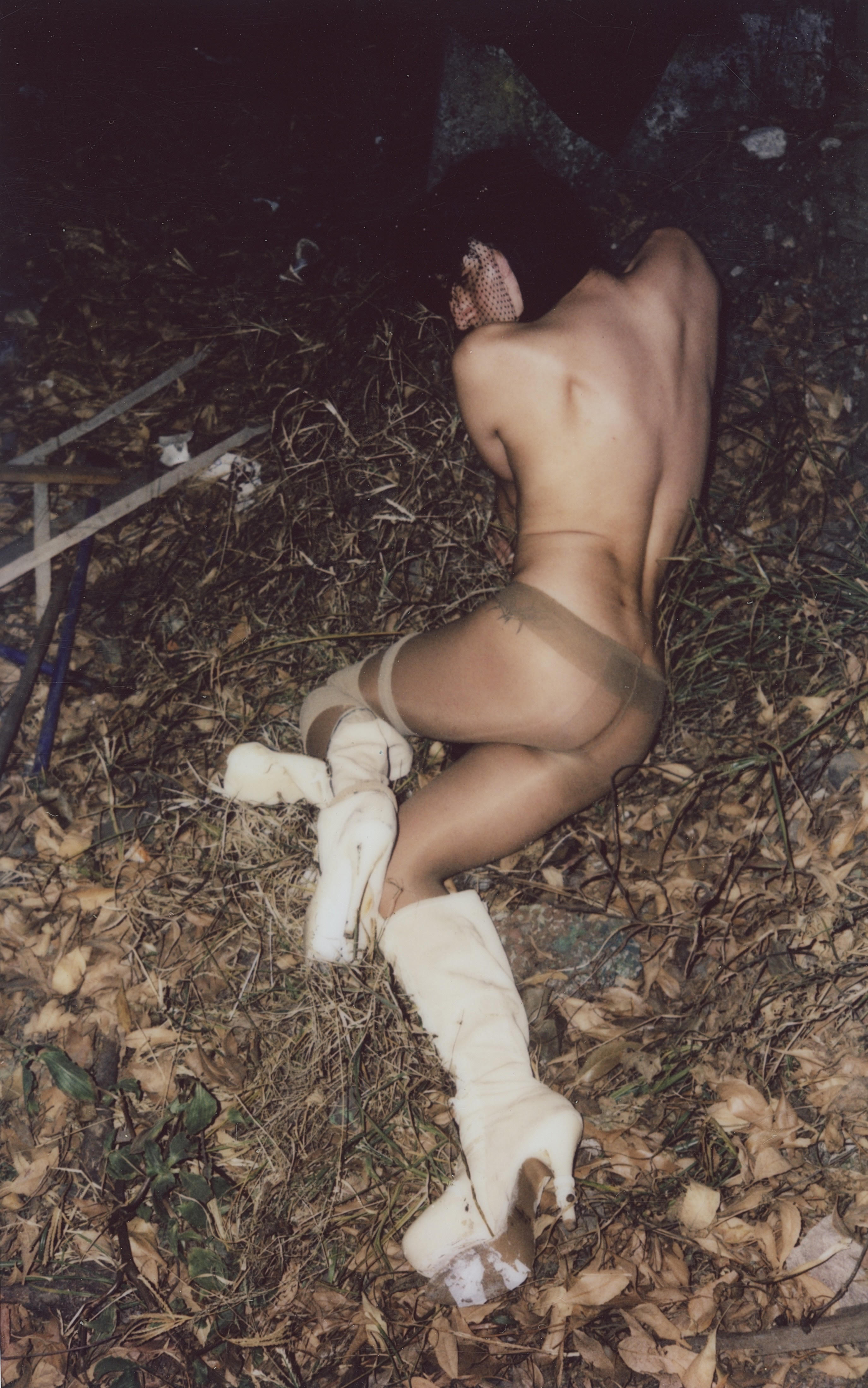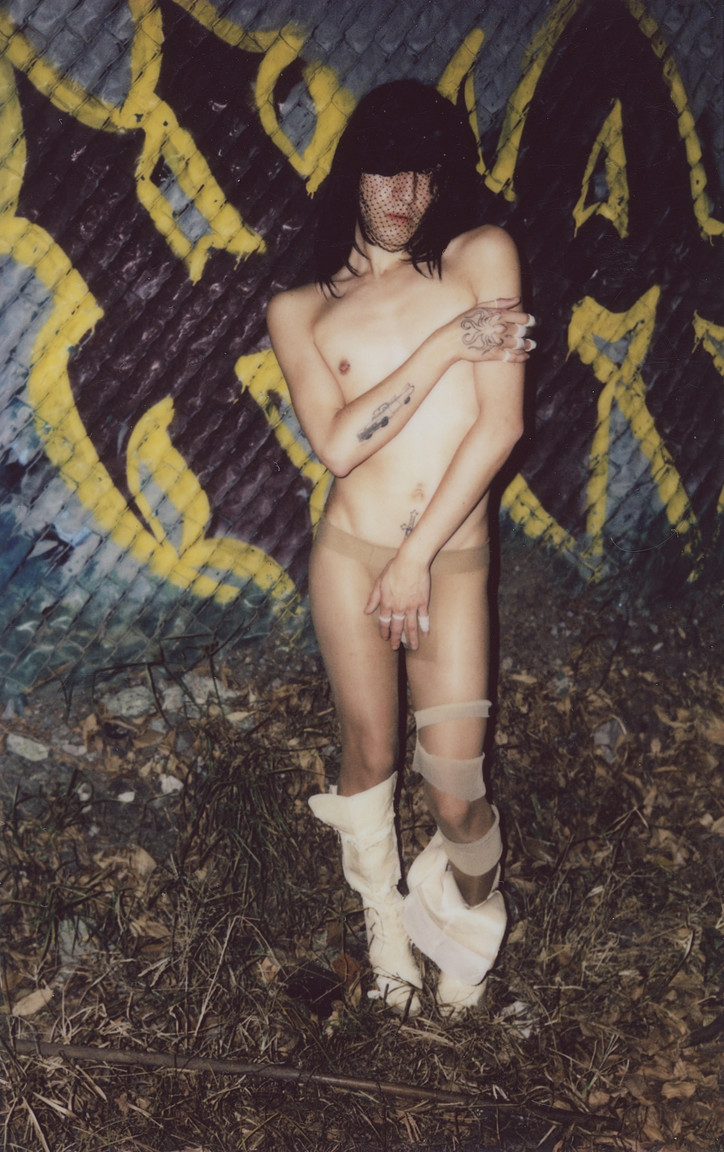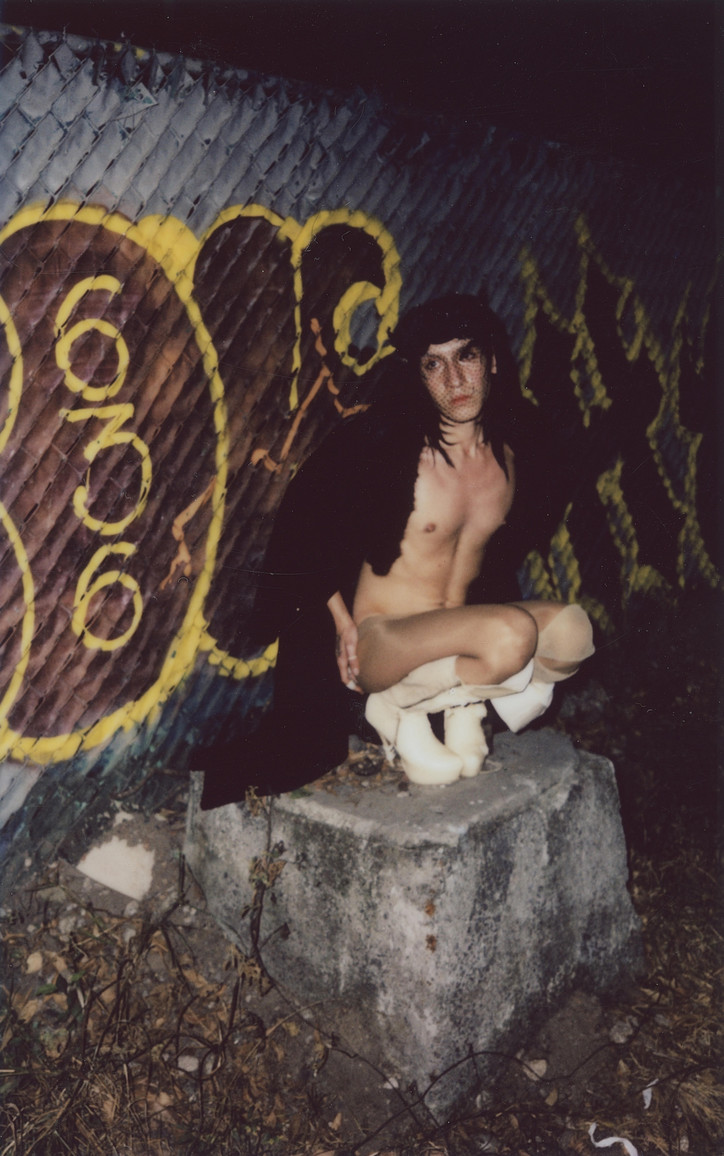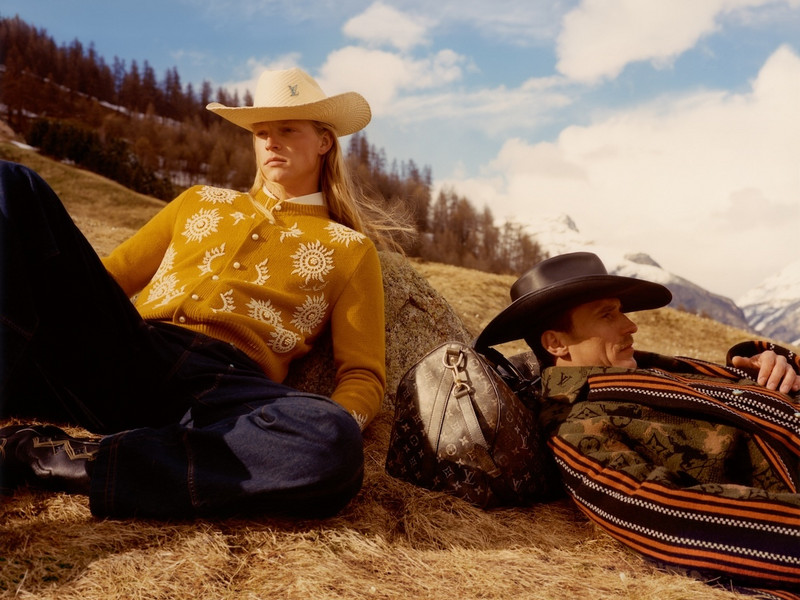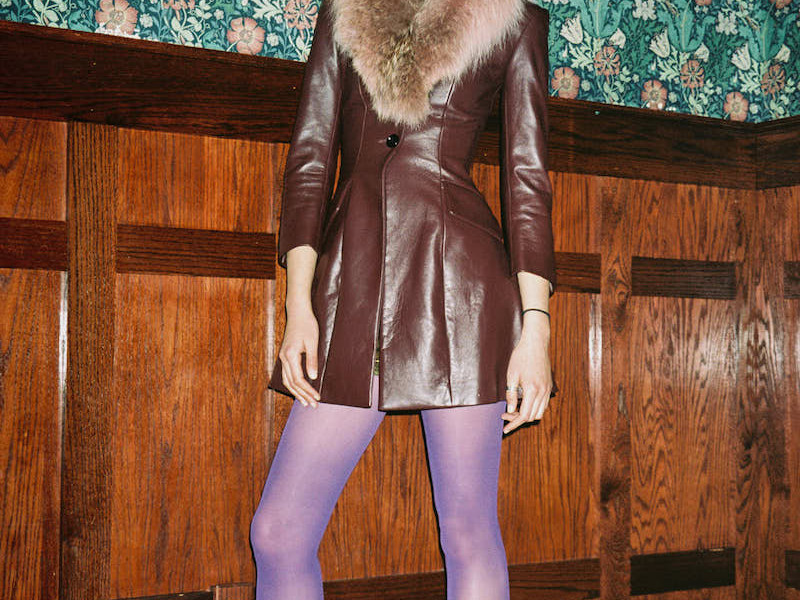Step Into a Waste-Free World with Wasted Collective
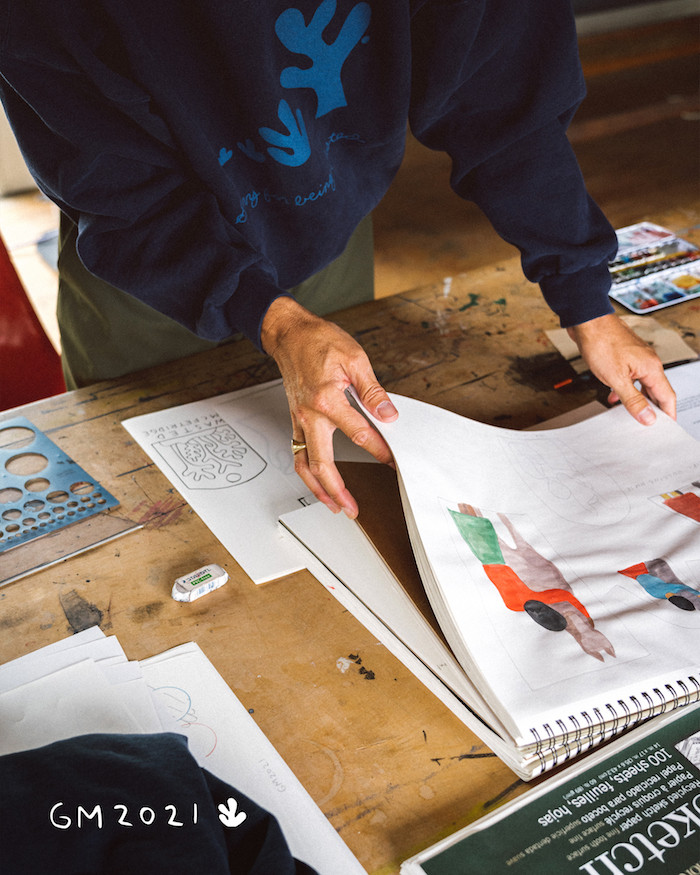
For their latest collaboration, Ronald and Jesse called upon Geoff McFedtridge, a highly-regarded artist who reflects their fervent love for the planet. McFedtridge has pumped out projects for Nike, Stussy, Patagonia, and more — but in this capsule collection, his passion for combining creativity with environmental preservation really shines. Every one of his custom graphics for Wasted Collective reflects the environmental values that the brand champions.
Read office’s exclusive interview with co-founder Jesse Levya below.
Why did you choose to collaborate with Geoff McFetridge for the capsule collection?
I think the conversation with Geoff was about the brand and how it made sense for Geoff. We really started looking at the apparel and what we wanted to do around the three areas that we're focusing on, which are recraft — our interpretation of upcycling — the idea of re-use — which is repurposing vintage garments and giving them new life — and then the idea of recycle and focusing on the best recycled materials we can source. When we started looking at what the aesthetic and what the vibe would be, we really liked this idea of the outdoors, but city meets outdoors. That kind of led us to who would be somewhat of a muse for us as we started designing. My background was at Nike, and we always had an athlete as a muse. So when Ronald asked us to work on this, we started thinking about who we would design for. We weren't just designing for ourselves, but we are actually designing for a consumer that lives a lifestyle that we really aspire to. And Geoff was one of those types of consumers because of his art and graphic background, as well as the fact that he lives in Los Angeles, but his office is in Atwater. So if you know the Los Angeles area, that's one of the creative hubs of LA. He's also a very skilled skateboarder and surfer; he skis, he adventure runs, he cycles. The outdoors is really his heartbeat into sustainability, from an environmental standpoint, and the environment is his playground. So how do we protect the environment? And then it all kind of comes full circle. So that's why we chose Geoff; it was a natural piece.
What was the creative vision behind the designs in this collection?
Geoff designed all of them; I love the thought process behind all of his graphics. I mean he's a graphic designer, so he's trained in the idea that every graphic should tell a story. The story elements of his artwork are really great and I've always been in love with it.
You touched a little bit on the recraft and re-use programs that Wasted Collective implements. Can you tell me just a little bit more about that and what goes into those processes?
The process of recraft was figuring out, 'How do we do more with existing fabrics?' And so we had to kind of break down the fabrics. There are existing fabrics, and/or raw, and raw fabrics are brand new fabrics that have never existed before. My first trip to Bali was when I met Ronald; Ronald has a beach club called Potato Head. When I got there, there was this amazing hotel and amazing restaurants. I did a little bit of research on it, and it was incredible how [they used] a lot of the recycled materials, in terms of like the architecture and the art and the furniture. So when we got back and decided we were going to do this apparel piece, we really wanted to focus in on, 'How do we make upcycling ours and how do we give a unique twist to what we're doing?' So we started working through this idea of redefining classics, because when I went to Potato Head, everything was always driven around the classics. It was, you know, all these classic foods, but everything done in a very sustainable way, whether it was plastic free, or organic, or whether it was plant-based. So that was again, learning from what Ron had started. So we started with the very classic chore jacket and a cargo pant. Our recraft is really about sourcing fabrics that would otherwise be put into a landfill. So it was taking those garments, selecting them, sorting them into a color palette, sorting them into size and weight of fabric as much as we could, and creating new apparel with them. So that was the recraft piece. Geoff appreciated the re-use aspect, which is our take on reusing vintage. Some vintage you never want to touch because the value of it is through the roof, but other vintage it's just going to get destroyed. It's going to get put into a landfill, but a lot of it could have a lot of life if you just gave it a new wash, gave it maybe a new pattern and really kind of curated it. And so for us with re-use, we picked garments that we felt, 'You know what? The lifecycle of this garment's not done.' We could actually show consumers that you can take old garments and they can become beautiful all over again.
When I did some background research on the brand, that was one of my favorite parts of Wasted Collective — that consideration for the planet and the transparency of production methods, pretty much from beginning to end — which is really awesome because a lot of brands aren't doing that. I wanted to ask about you experimenting with new cleaner fibers; what are some examples of the other sustainable resources that you guys utilized in the collection?
I'm not going to claim to be the expert in sustainability. But what I've tried to do is look at brands or look at industry leaders who have done things in either capsules or as their entire brand and go, 'How can we learn from that?' I think a lot of people in this space always admire Patagonia and Yvon and what he's done. One of the things that I love about Patagonia is that, you know, there's recraft, there's re-use, and there's recycled materials. But the consideration is, if we're going to use recycled materials, like nylons and ripstop nylon, how do we make those so they last a long time? So what we wanted to do is make sure that if we were going to use a recycled material, that the quality of it was very elevated. We've always been in love with the Japanese way of make. So our recycled product is in two spaces, in Los Angeles and Japan. The Japan pieces [are] centered around the idea of recycled cotton, recycled nylon, and then a very old practice called washi cotton, and the water treatment is amazing. It's actually not harmful for the environment, the way that they grow and pull bark and kind of weave it into fiber, which goes into their washi cotton. We're also working with a really great partner in Los Angeles, working on tees and fleeces that are all around 50/50 — 50% better cotton initiative, 50%, recycled cotton, and the quality of it has to hold up. We don't want to sacrifice the fun aspects of fashion, but we know we have to do better. So we think about how we can look to brands or look to solutions that are better for the environment.
Why is it important to you and to Ronald that sustainability is an integral part of Wasted Collective?
I think it's fundamentally at the foundation of a lot of what we've done and what we've been doing. So whether it was Ron at Potato Head, and how he's built up the notion of sustainability through his hospitality work, or me and my background at Nike of always pushing to have sustainable materials. Whenever we were designing, it was like, 'It's the right thing to do.' When it came together, we were like, 'The world doesn't need another apparel brand.' It just doesn't. But we thought, as a small brand, we could be that brand that maybe a bigger brand looks at and goes, "If they're doing it, we can do it at a bigger scale.' And that's what has been really cool about working in the sustainability space. It's different from the performance innovation space, you know, with big athletic brands, everything is filled with NDAs. In the sustainability space, everything is open and everybody wants to learn from each other. Nobody's trying to keep the better practices a secret because that's not going to help anyone. If a big company with their huge supply chains and everything can actually learn from that, I think we grow. So that was a big piece for us — thinking about how we can inspire people. If we have a really good practice, we should share it.
Something else that I really liked about this collection was the inclusivity aspect. What influenced the decision to make all of it gender neutral?
For me, the last positions I held when I was at Nike were around skateboarding, and when we built the skateboarding line, it was always about inclusivity. We didn't look at it as a guy or a girl skateboarder. We looked at it as a skateboarder. When I would talk to Ron about that, he was like, 'I totally agree.' It doesn't matter if you're male or female, or however you identify yourself instead. Hopefully, we're able to offer things that anybody can buy into. So that's really how we started. And it's really hard. It's easy to say you're going to do it, but it's really hard because fits are different and sizing is different. But it's one of those things, that as a small brand, we can take on. And we're not saying that it's perfect, but it's kind of our own approach to it. We have two different fit models. We try and size things, which is the opposite of what you should do in the fashion industry. Typically, you know, you size it against one fit model and then you scale it. Sampling things in two sizes at every round, it's going to cost a little bit more, but hopefully, it allows for better fits and more people to buy into the brand — which is our goal.
On a more general level, where did the name “Wasted Collective” come from?
It came from a lot of different places. There's so much waste. We kept talking about waste a lot on our trips to Bali and waste in terms of plastics. I mean, Bali is such a beautiful place and it's so crazy that a place that's so beautiful is hit so hard with trash all throughout the ocean, you know? So the word waste just kept coming up. And then this idea of, between Ronald's connections and my connections and one of our other designers, Adam, who works with us, and his connections. We just kept talking about all these people, if all these people who we look at as peers, or as potential partners, if they can all buy into this in a small way. So that's where ‘collective’ came from. We put them together and there you have 'Wasted Collective.'
Do you have any plans to do any similar collaborations to this one or what type of direction do you think that you'll head in for some future collections?
I think one of the things we've talked about is adding to the group of people we're working with. But more importantly for us is continuing to work with the people that we first started with. I have this real belief in the 'Power of Three' — the first collaboration, we're just getting to know each other. The second collaboration, both are bringing something in, and the third collaboration, I think we're going to bring something new. I think that happens over a relationship and I think great collaborations are great relationships. I think it's very rare that the very first collaboration that you work on with somebody is perfect because you always kind of hold back a little bit until you're comfortable. So for us, we want to continue to kind of go down that path of building with who we have because we really love the collaborators that we're working with. They bring a different skill set for us in terms of whether it's an illustration, or animation, or crazy use of color and pattern.
What's your favorite item from this capsule collection and from Wasted Collective as a whole?
So for Wasted Collective, my favorite warm-weather pieces are the waffle shorts, where you see this really great waffle cotton which is amazing and the shorts are extremely comfortable, but I also can work out in it. I love the look and vibe of it. The last week I haven't stopped wearing our traveler jacket. It just works for me. The top pocket fits either my phone or my AirPods and then my wallet or whatever can go in the side pockets. We made both of those pieces in Japan, so the craft is just insane. Then from Geoff's line, I think my favorite pieces are probably the Reuse Crew that we're going to launch with — which hasn't come out yet. That piece I really love because of the idea of again, giving a thrifted piece a second life. I also have been really wearing a lot of the 50/50 crew, the 'Sorry for Being Wasted' crew.
The collection includes a washi cotton hat, t-shirts, Ecolife cotton sweatshirts, and crewnecks, including the ReUse Vintage Crew, which are all available to shop at thewastedco.com.


